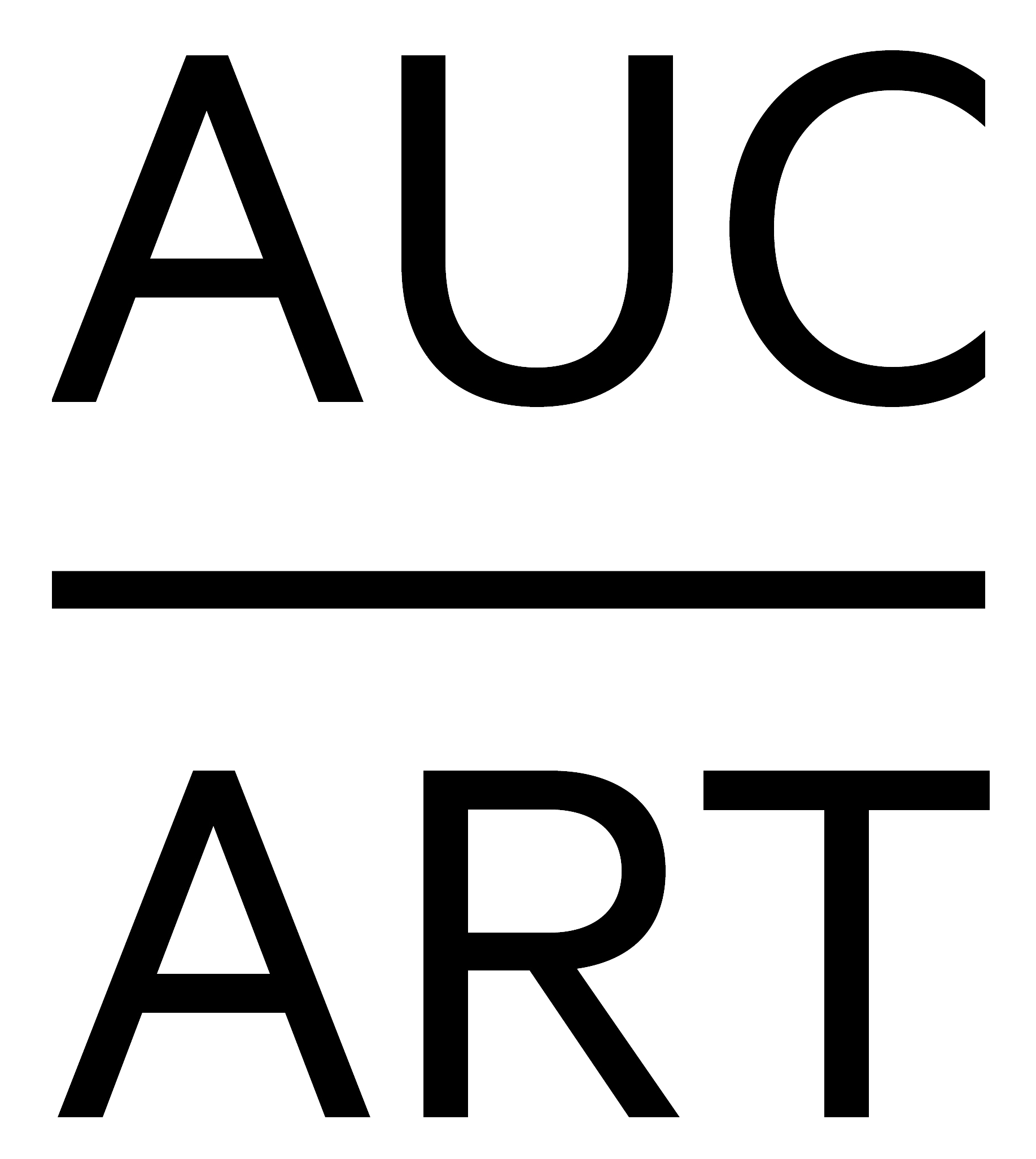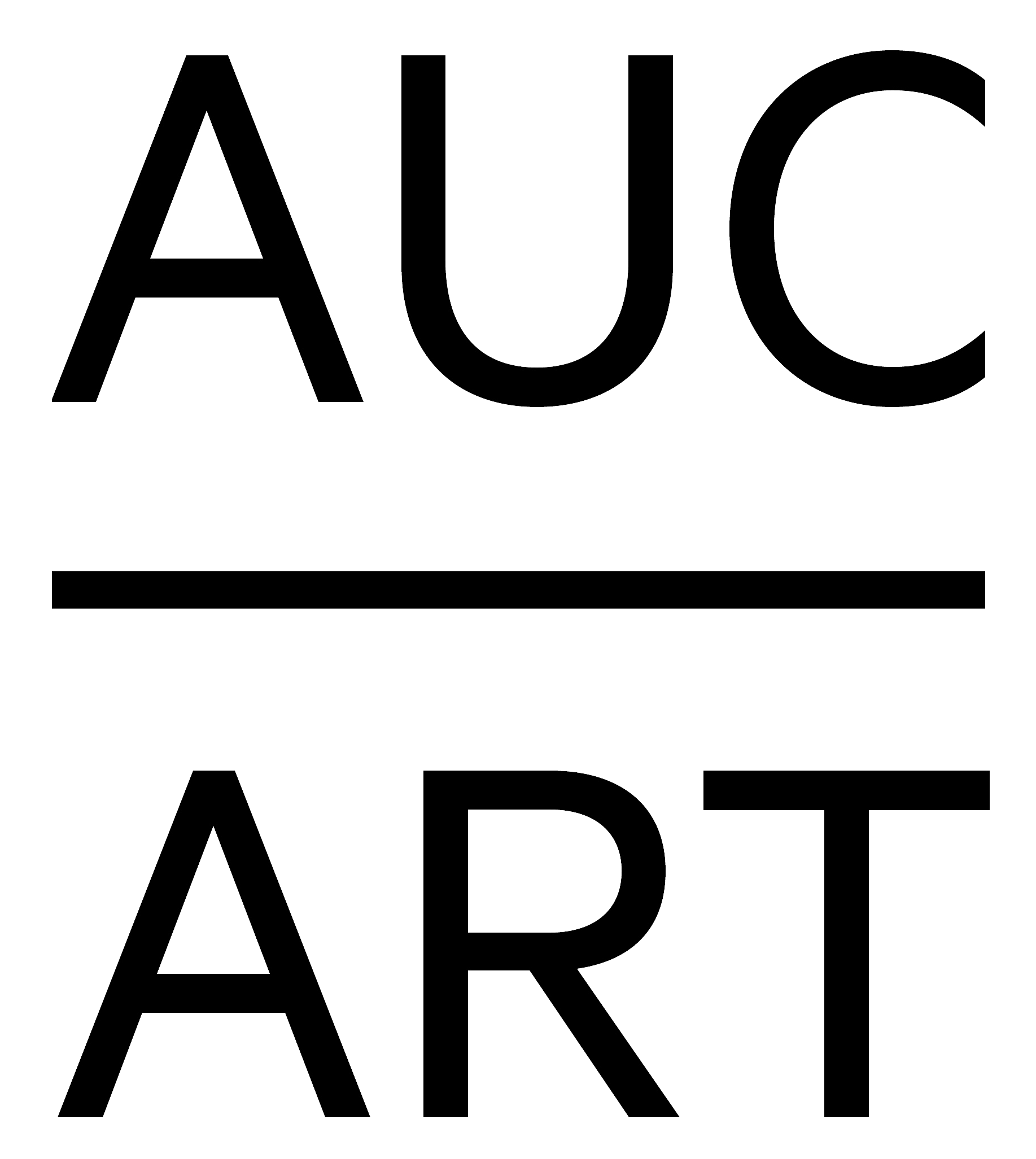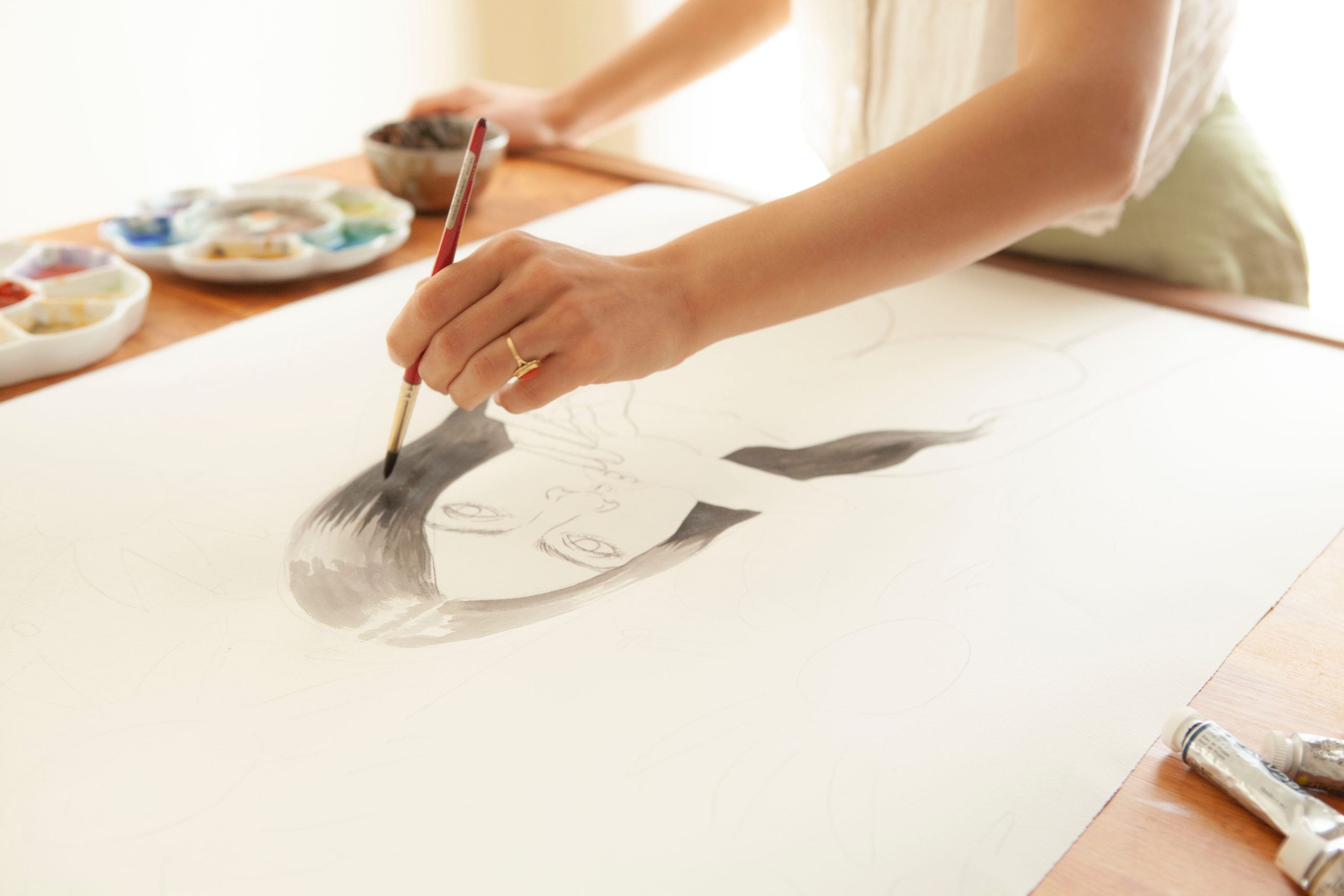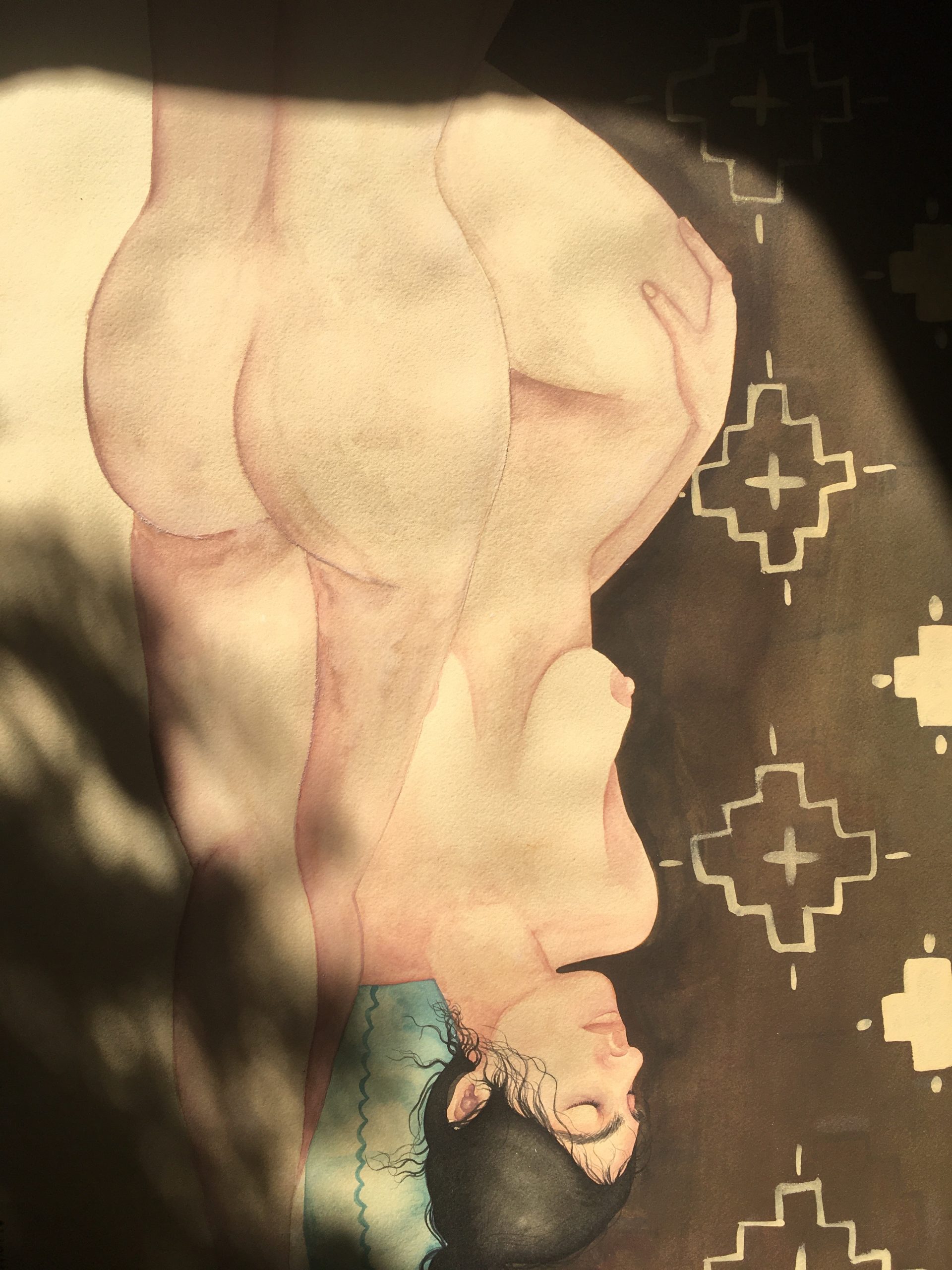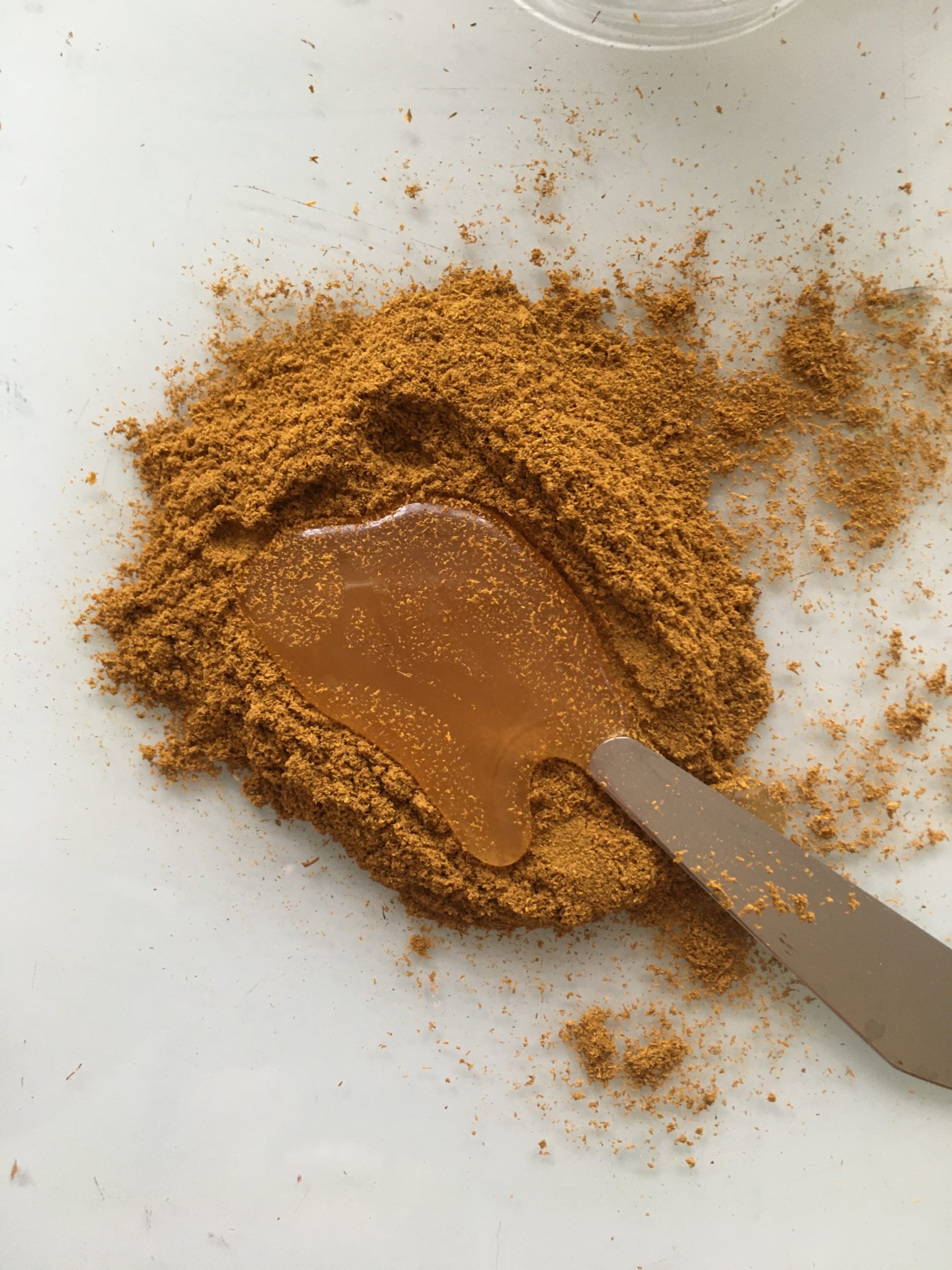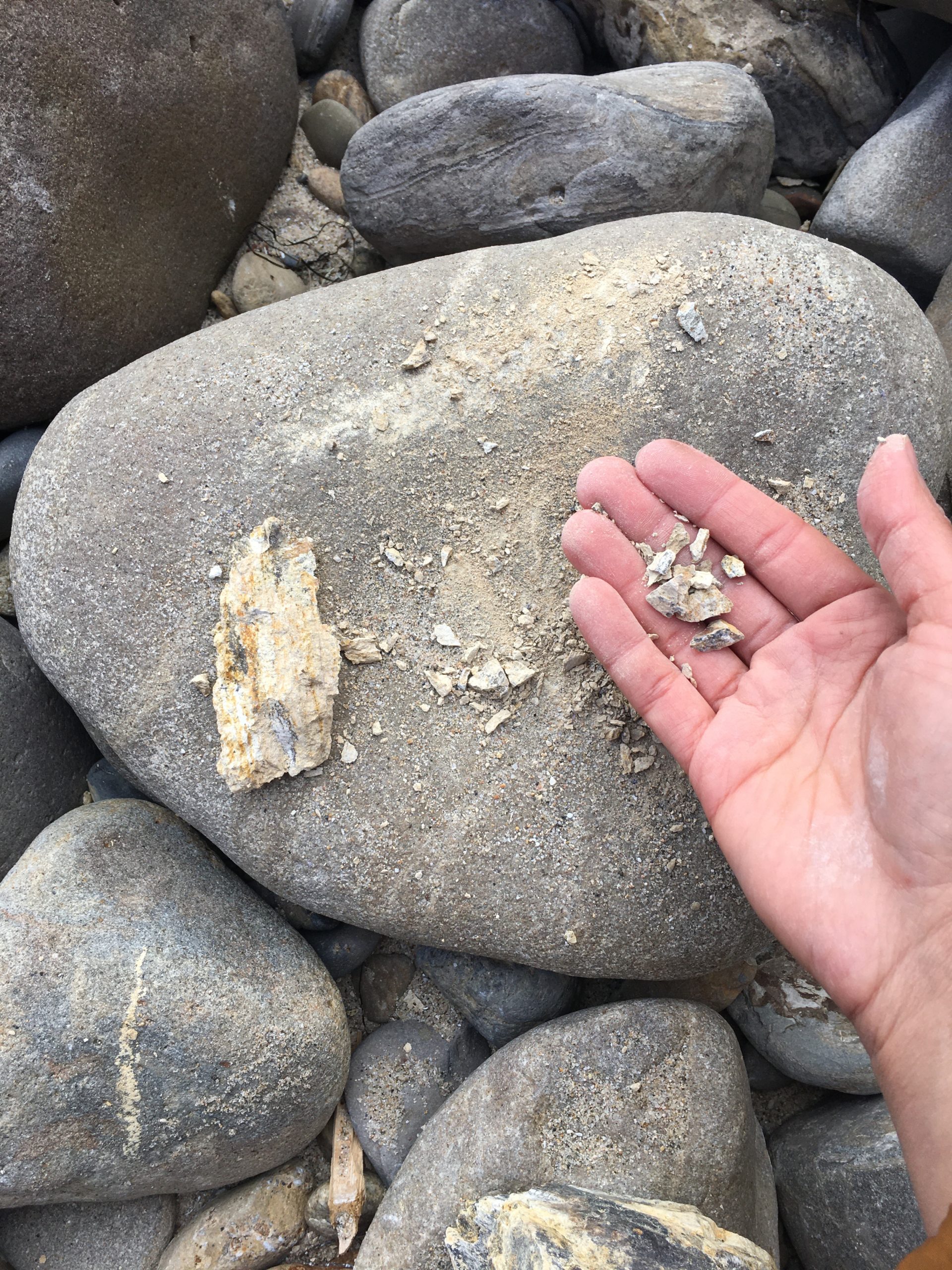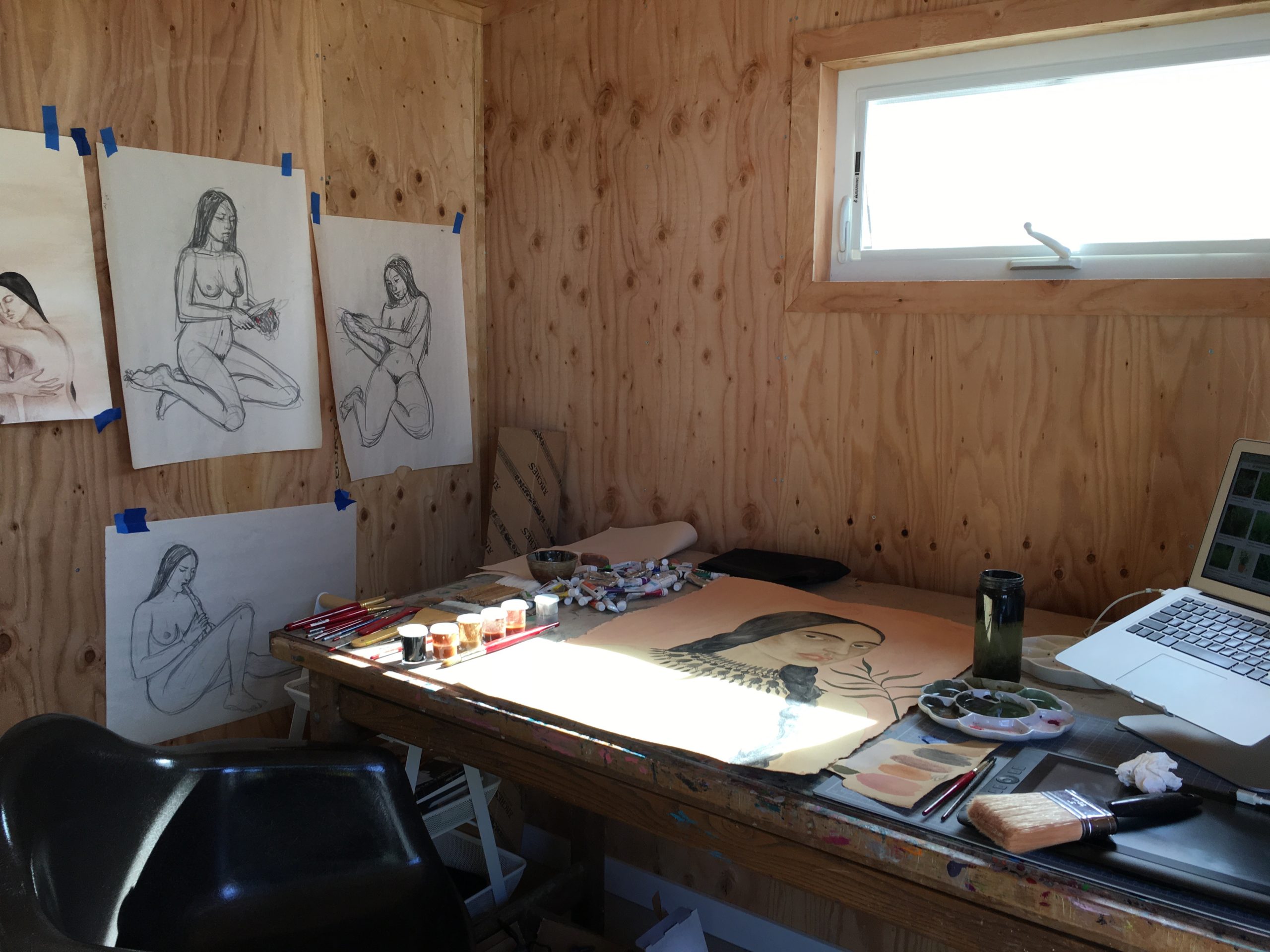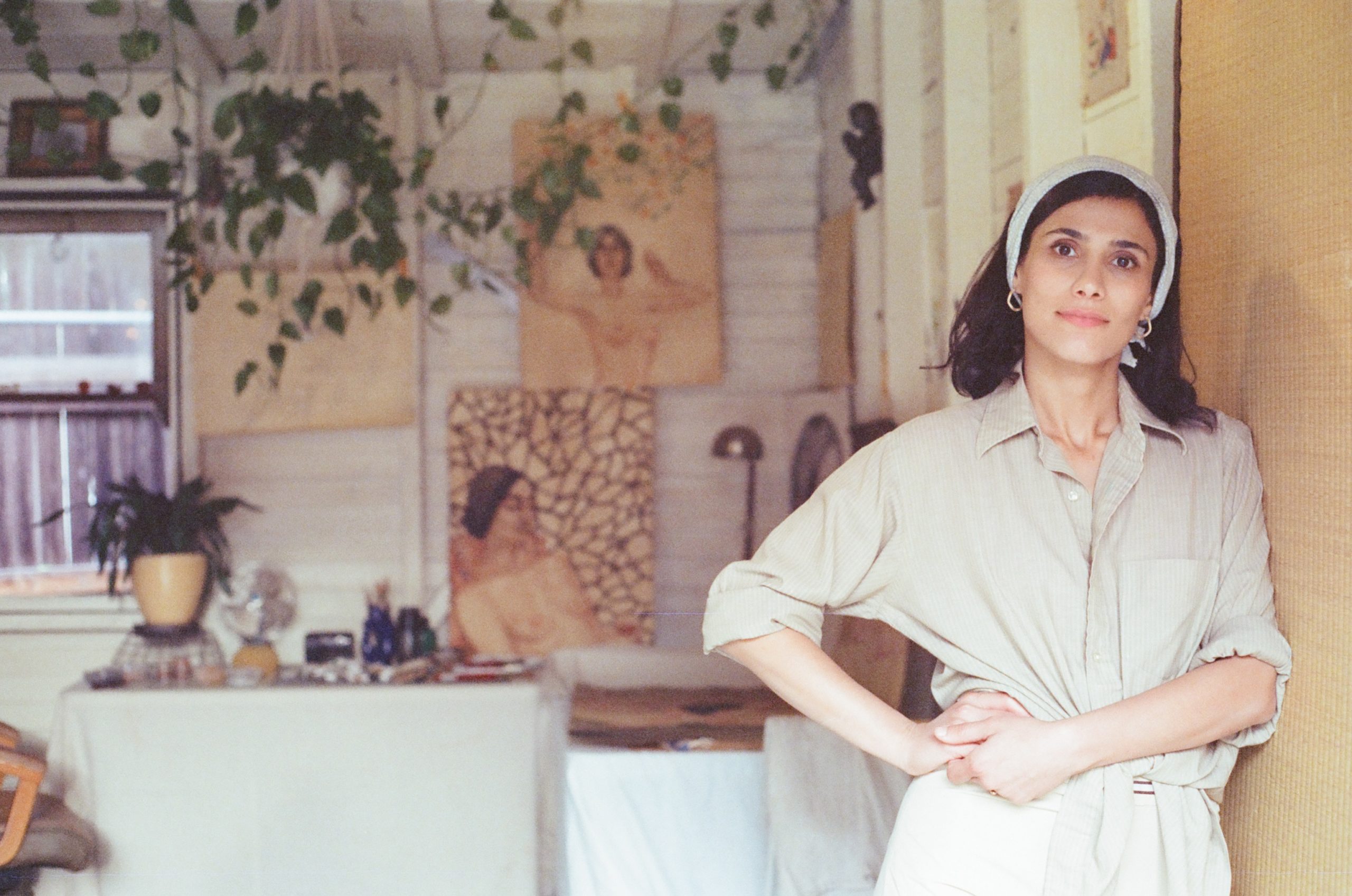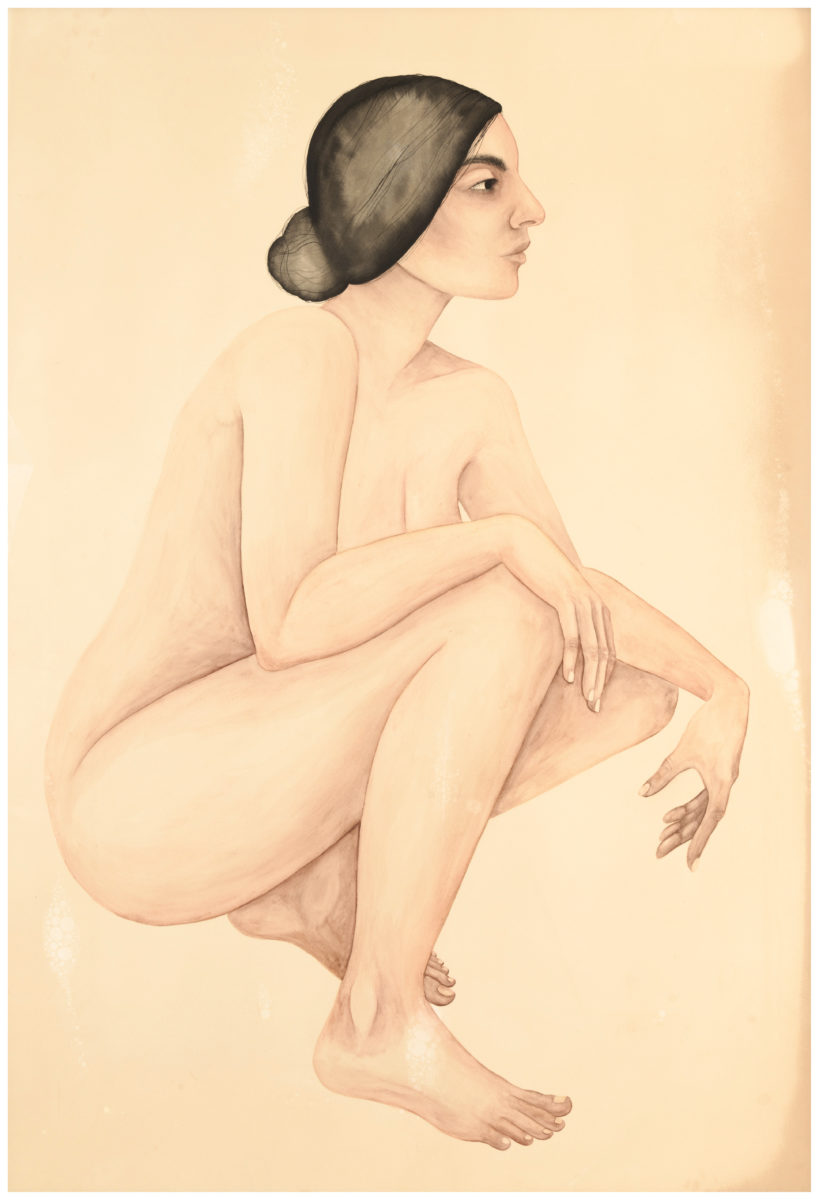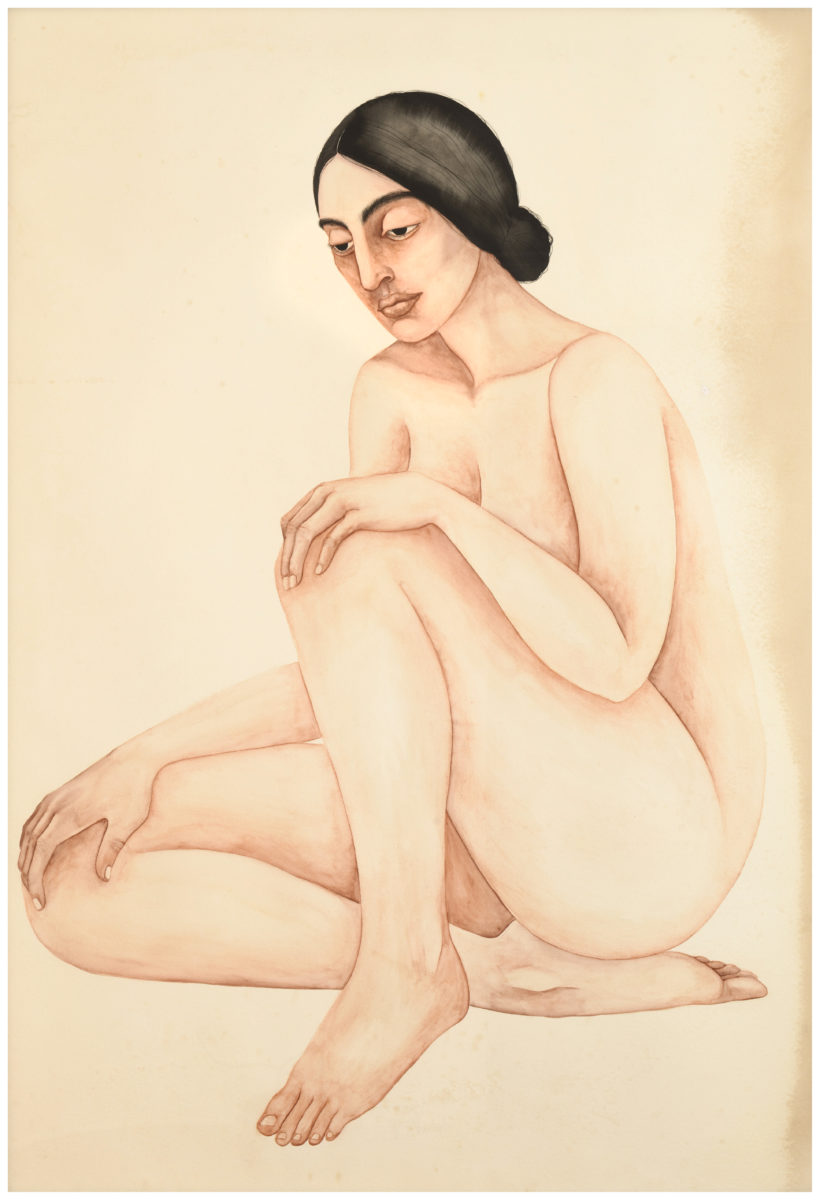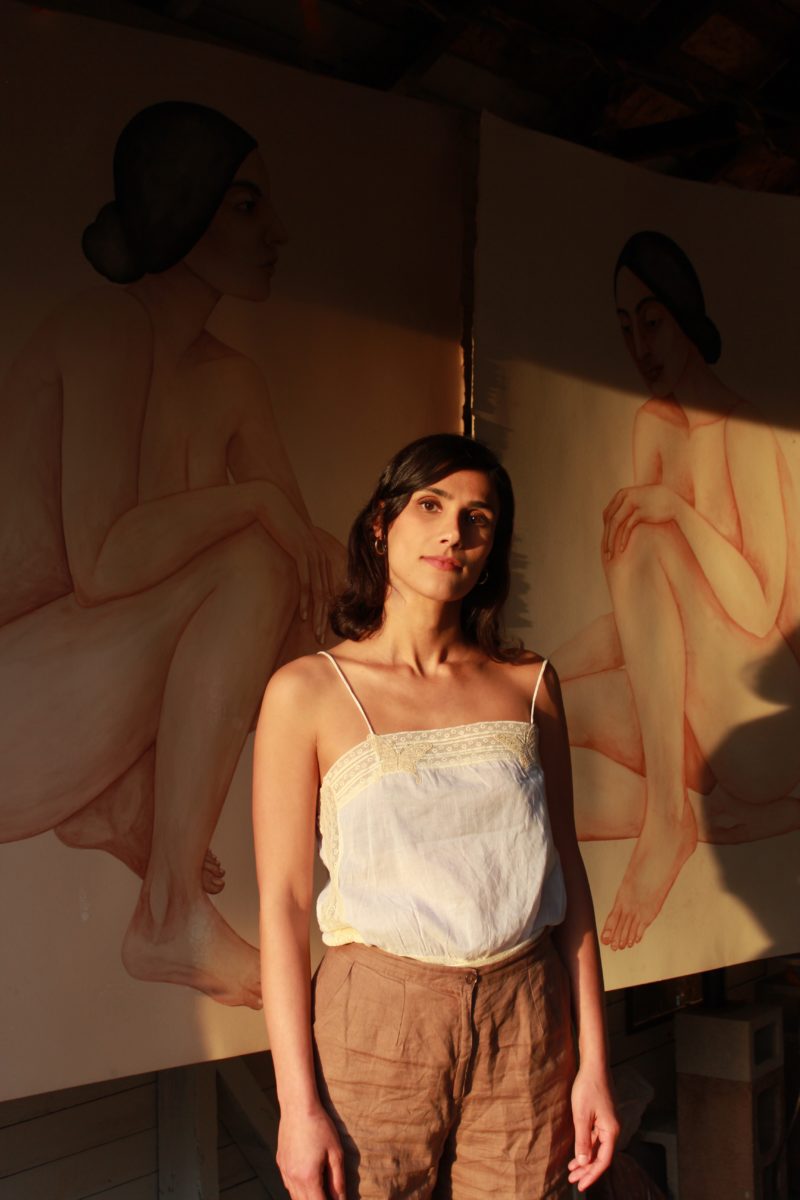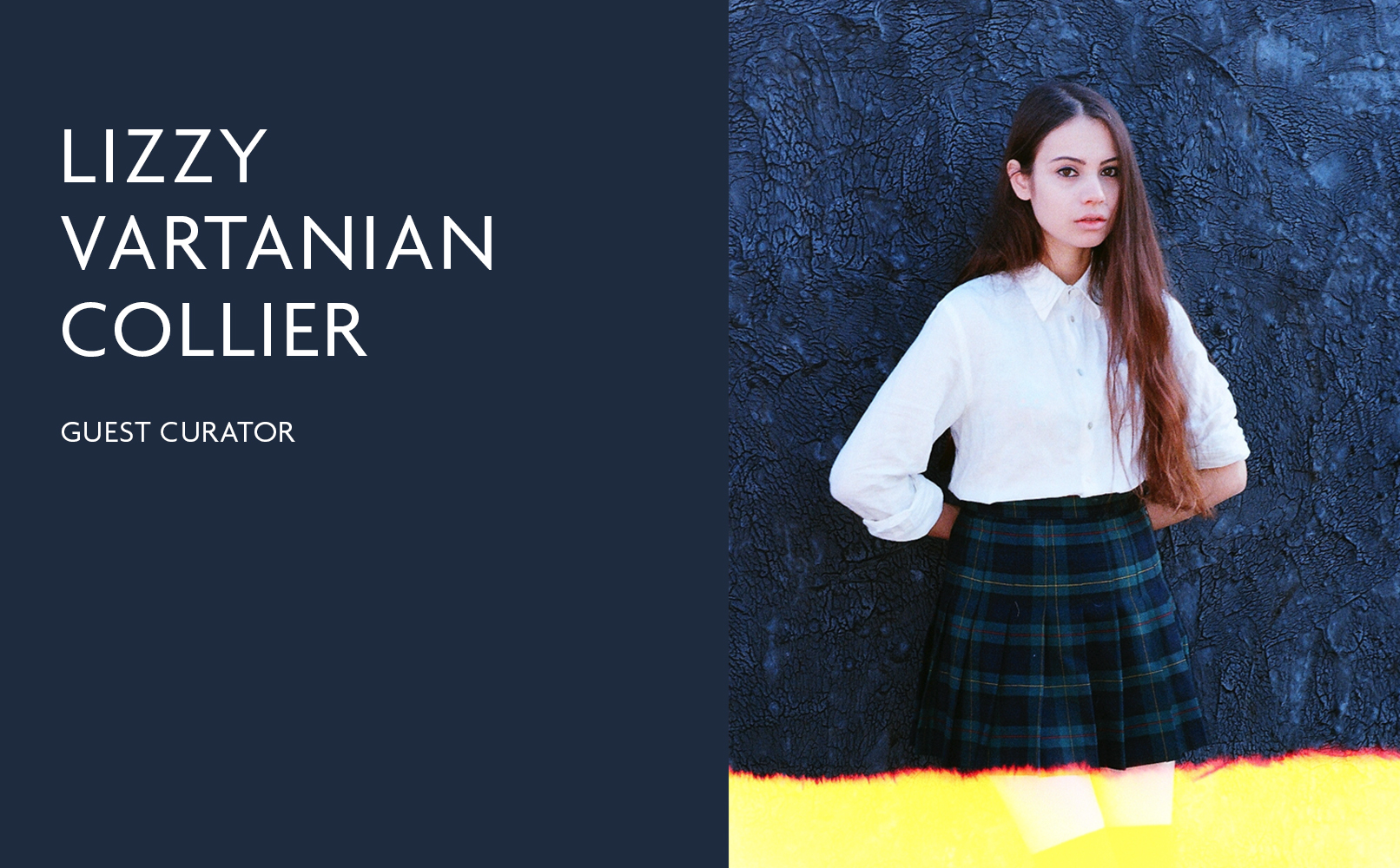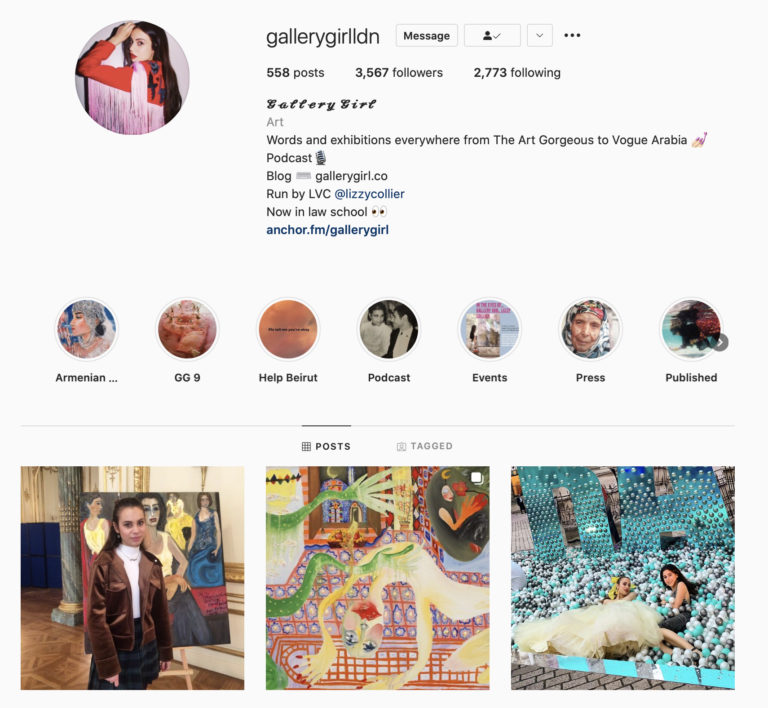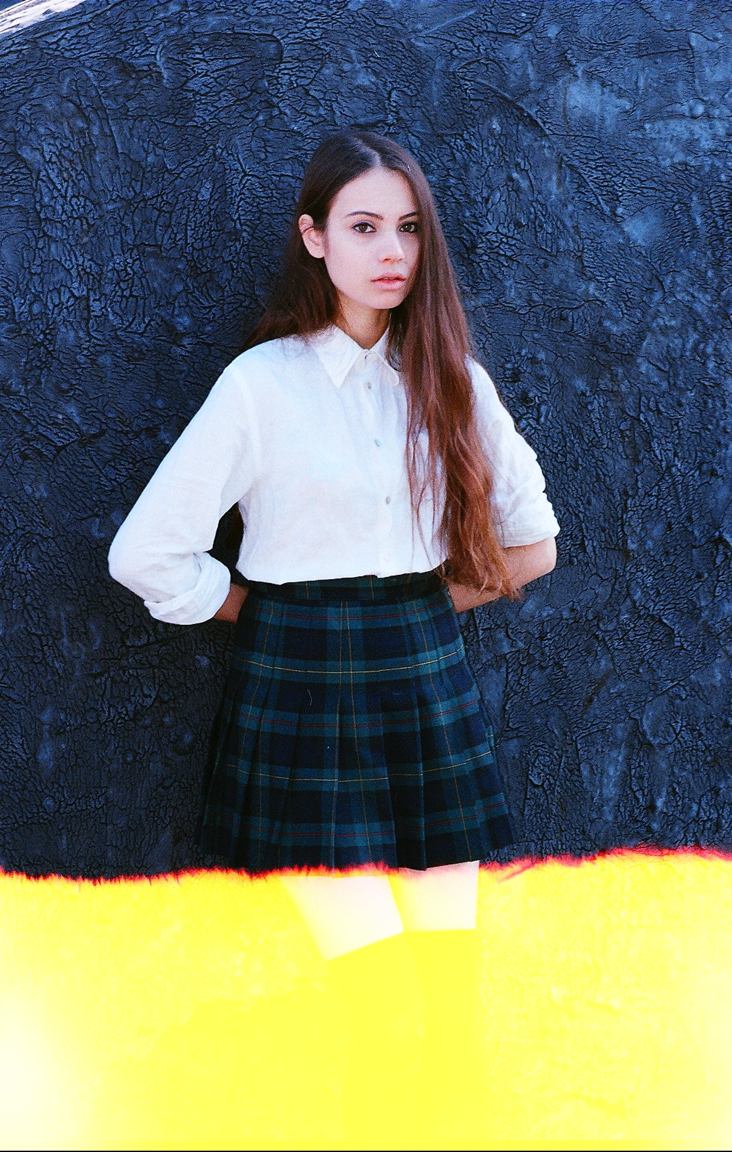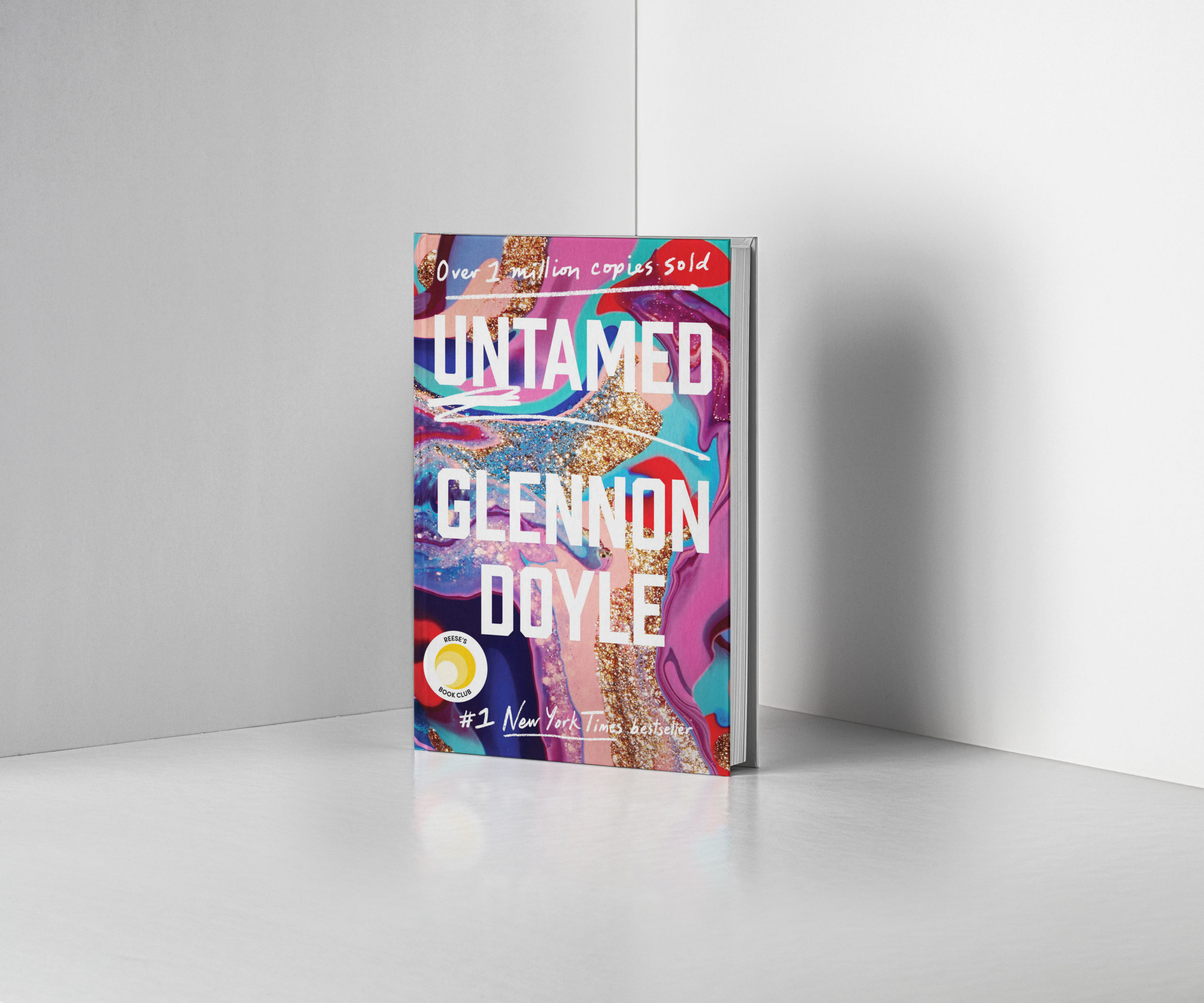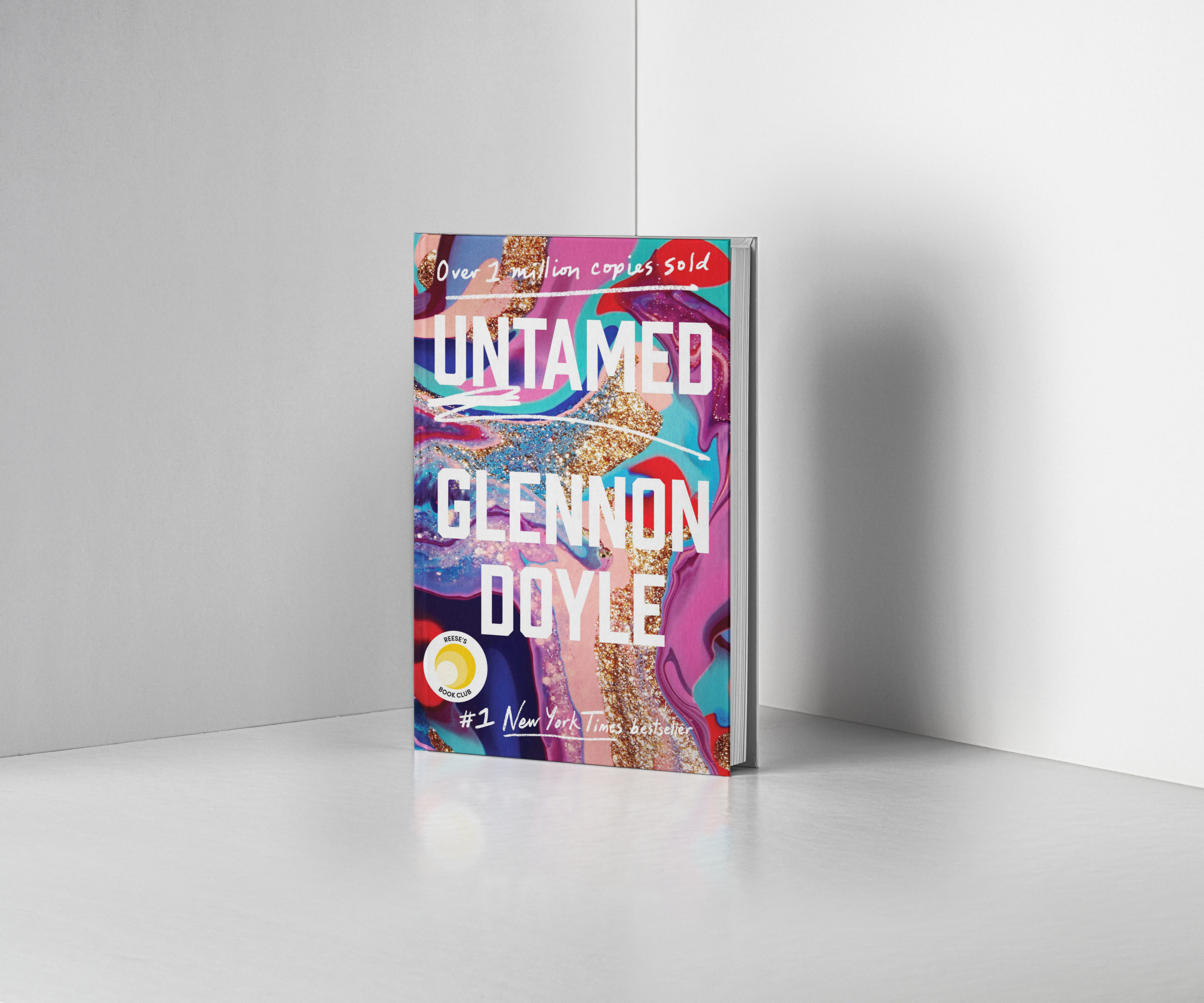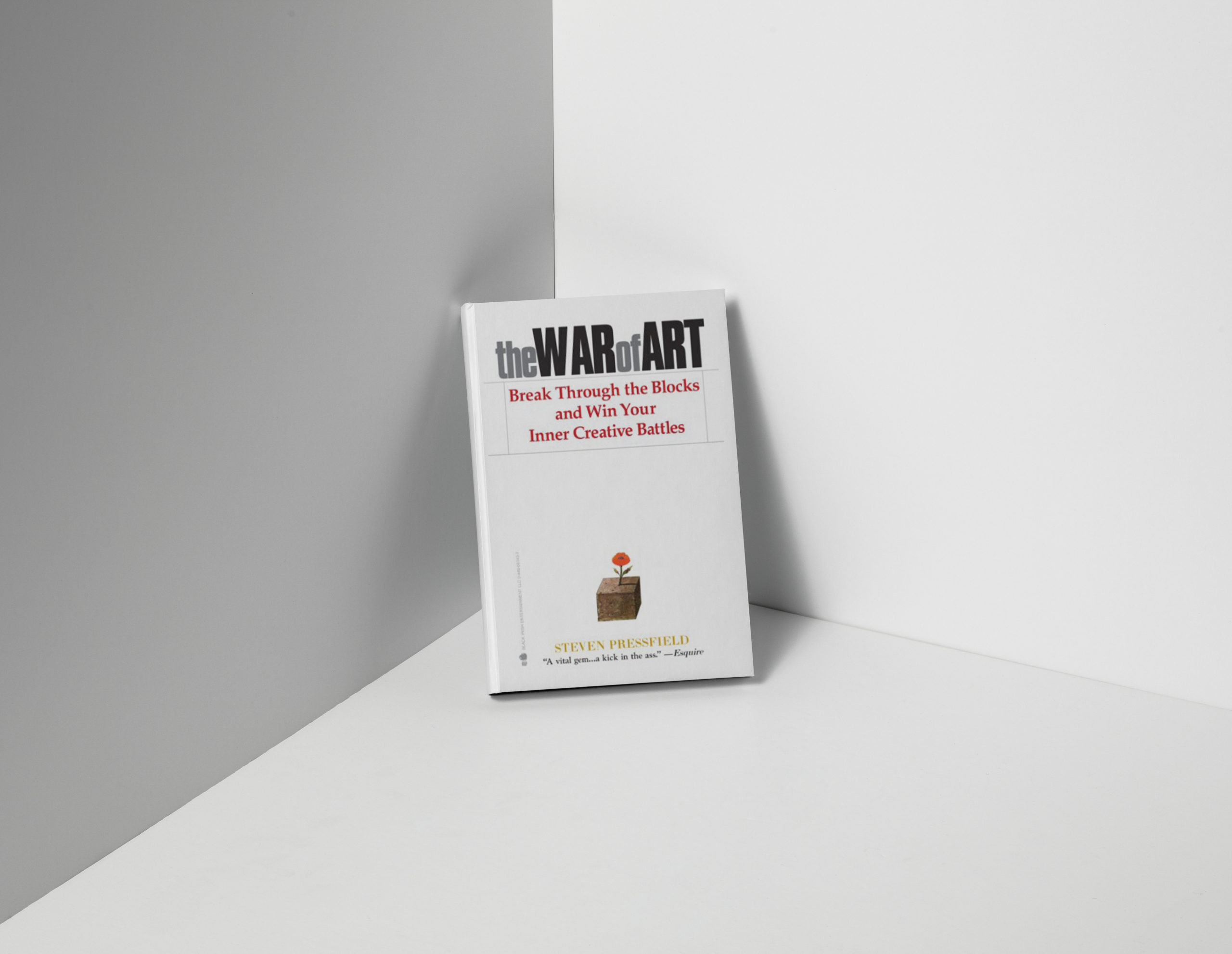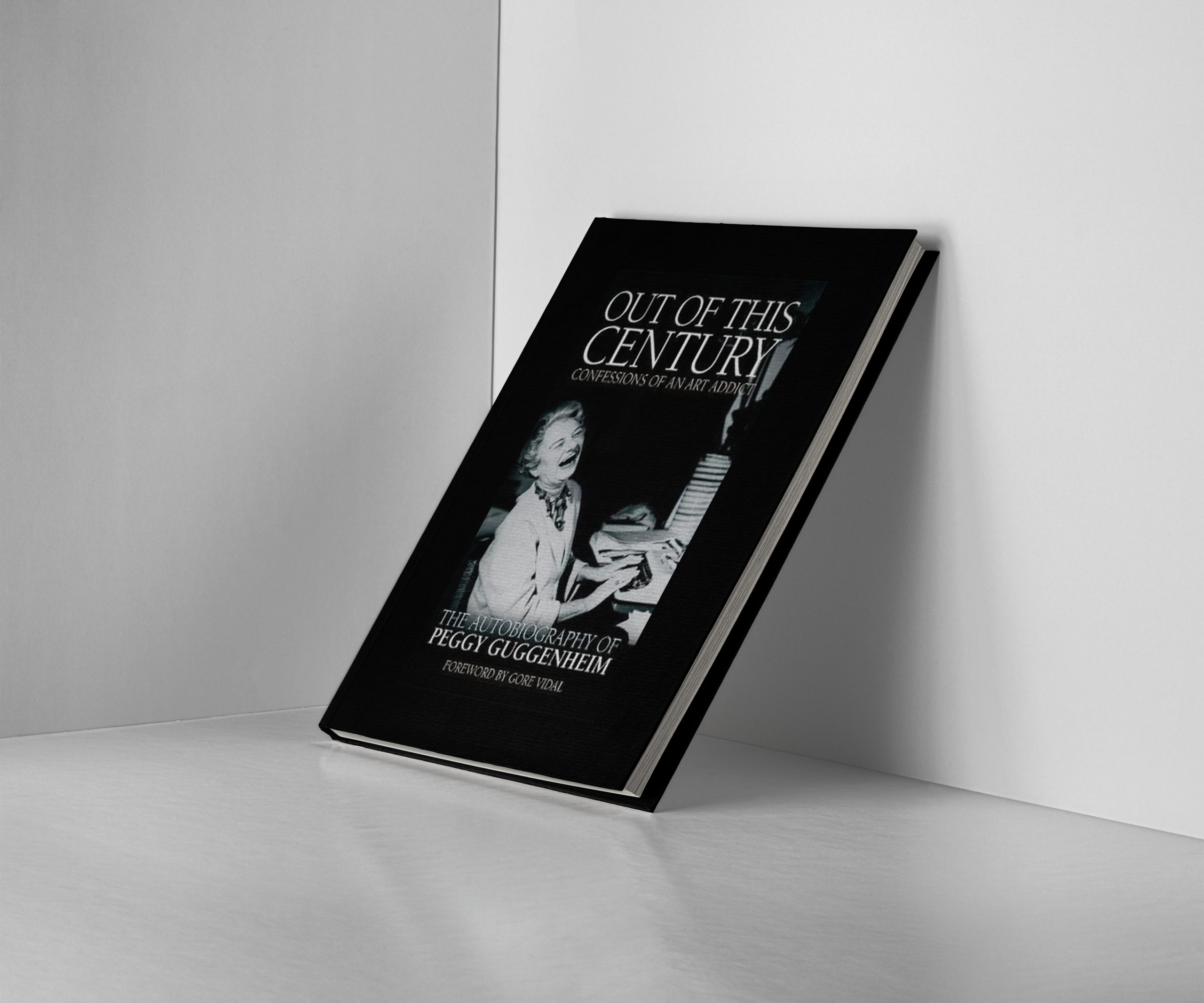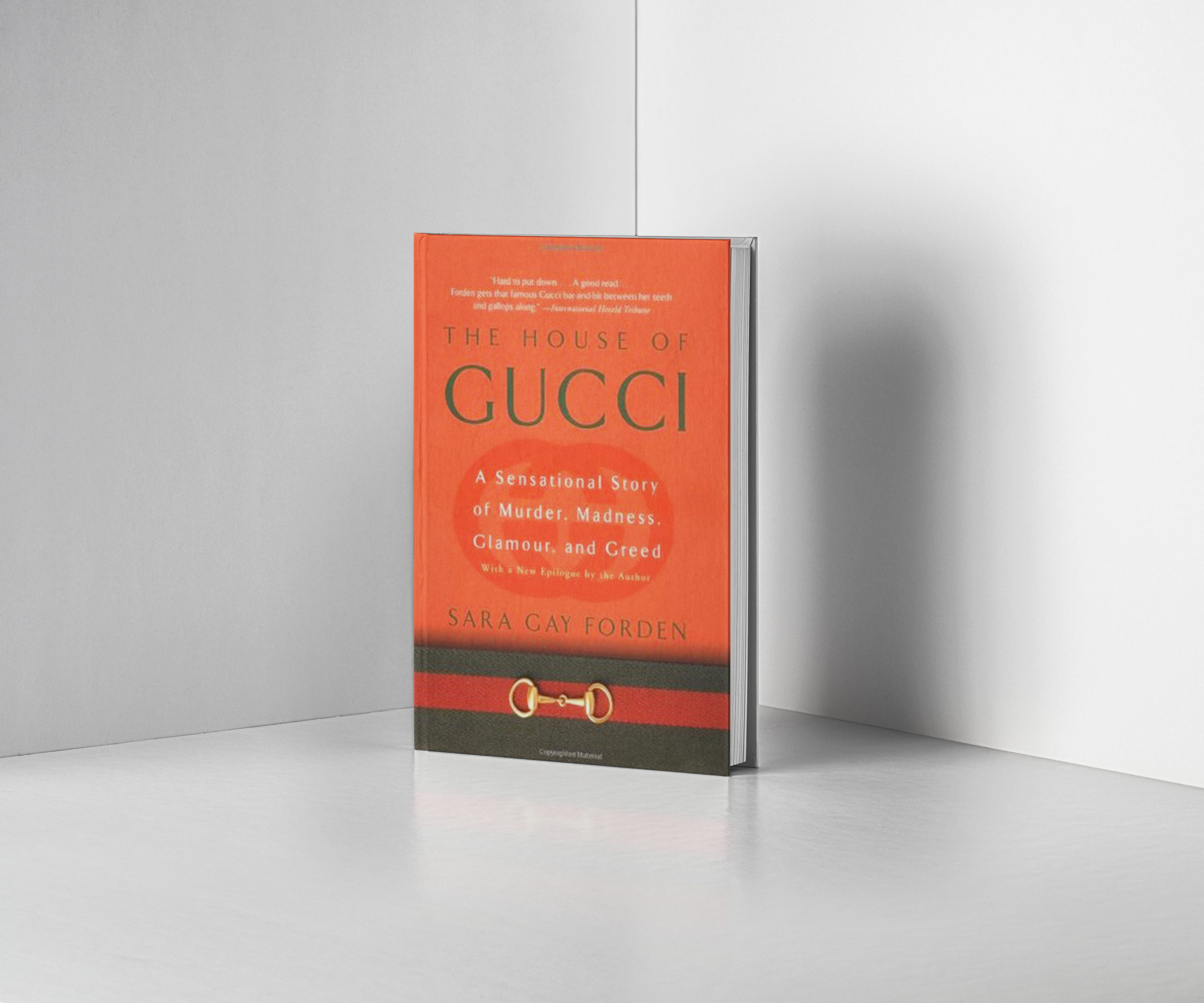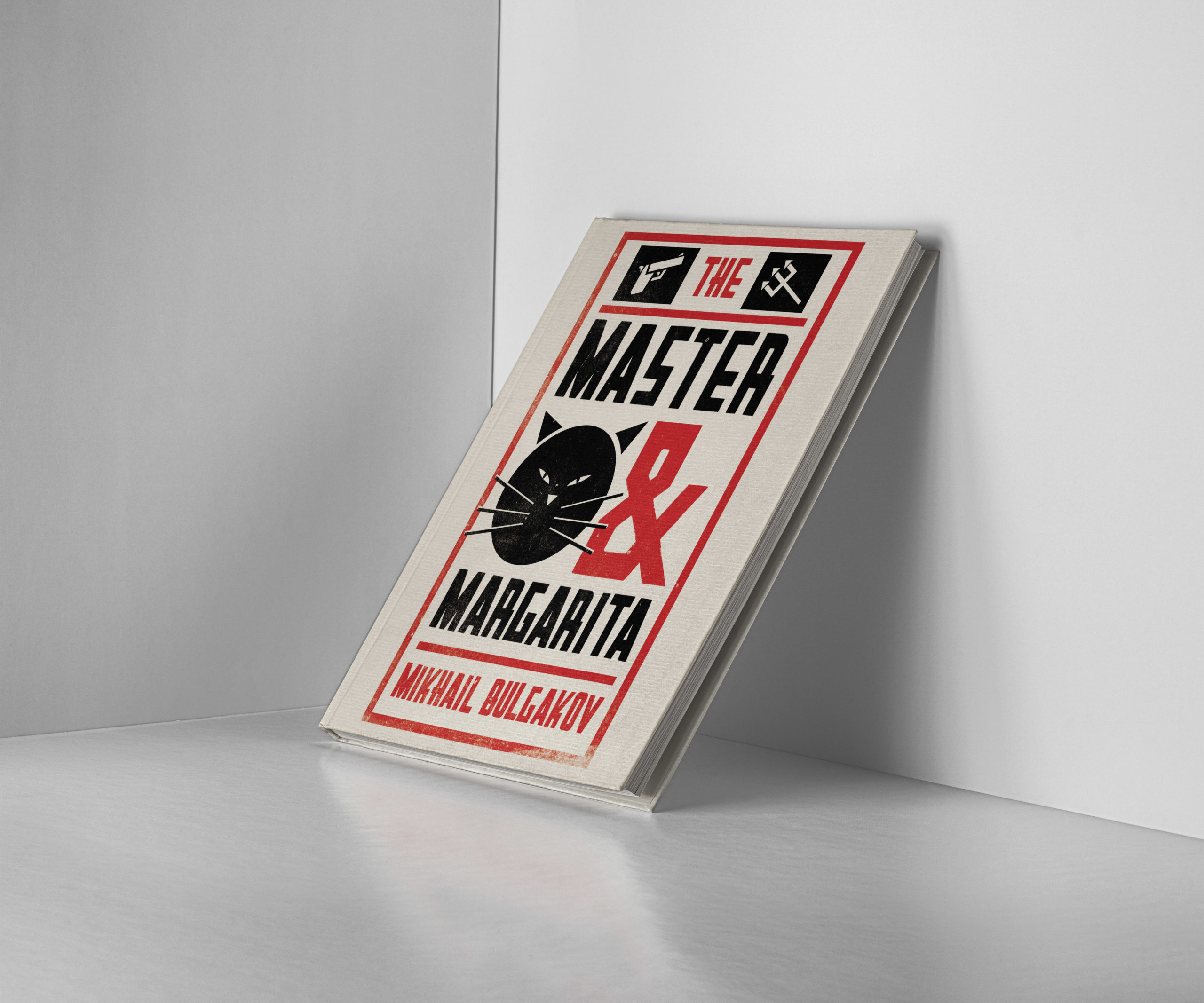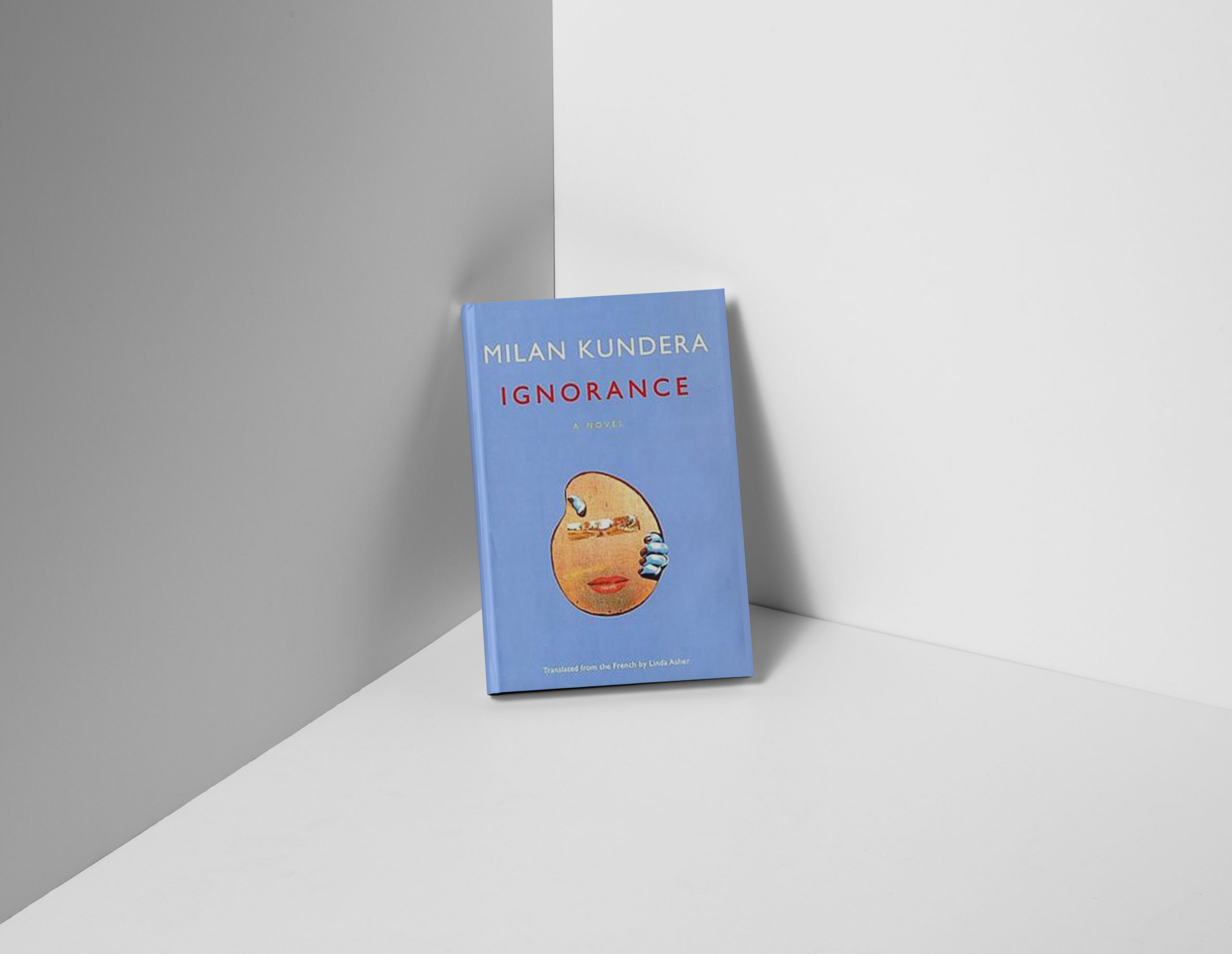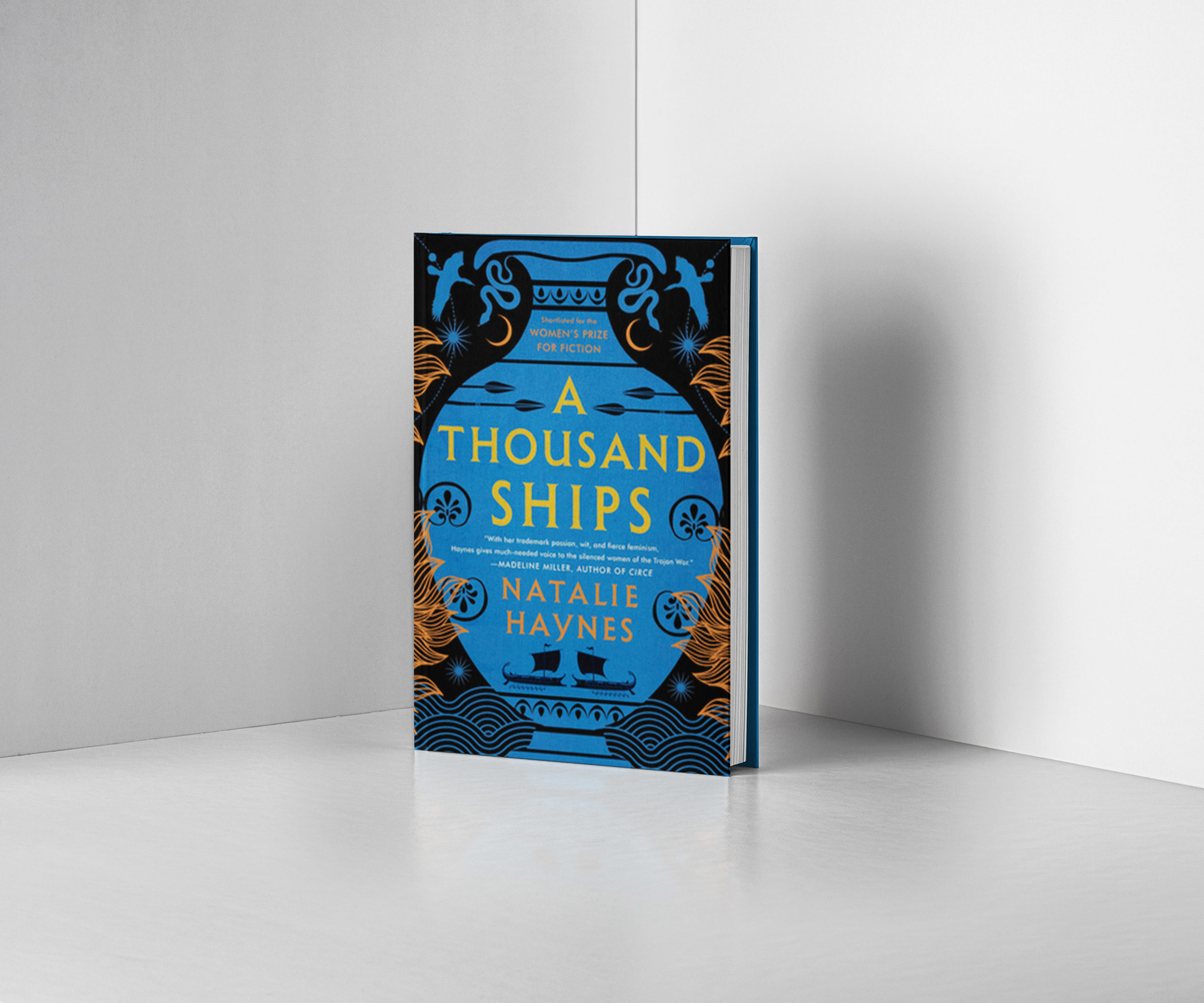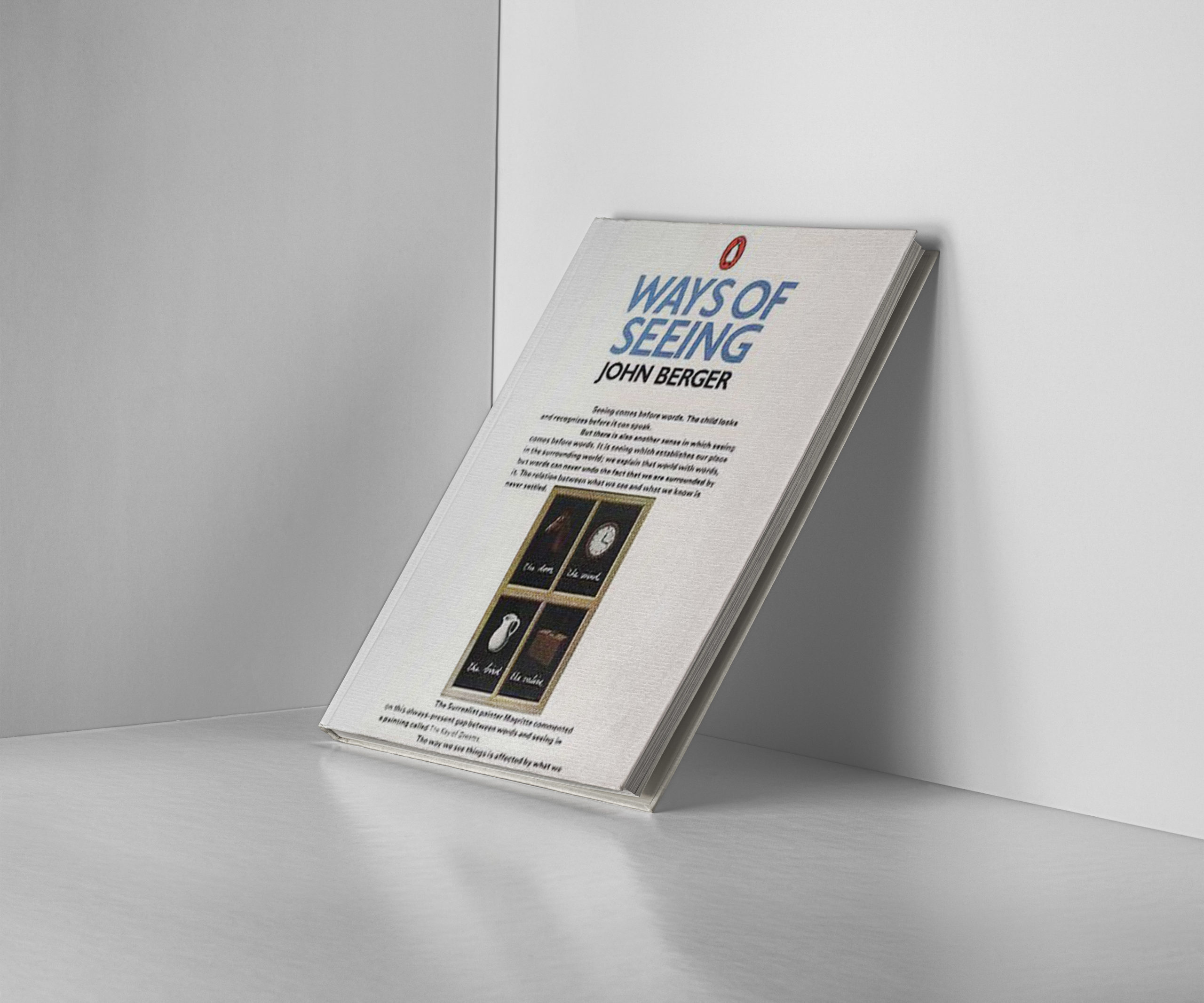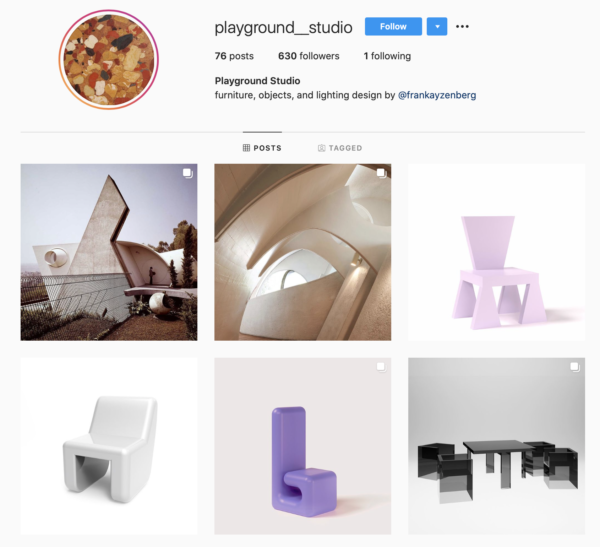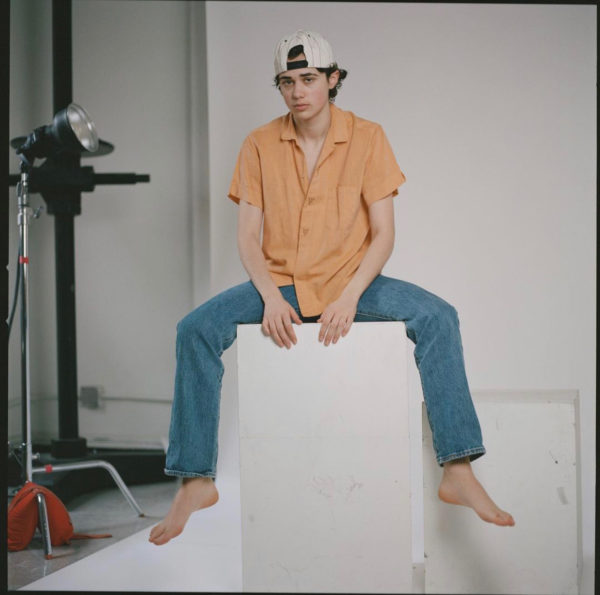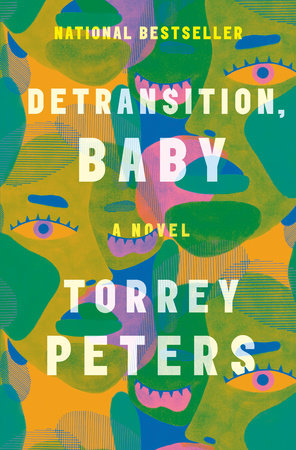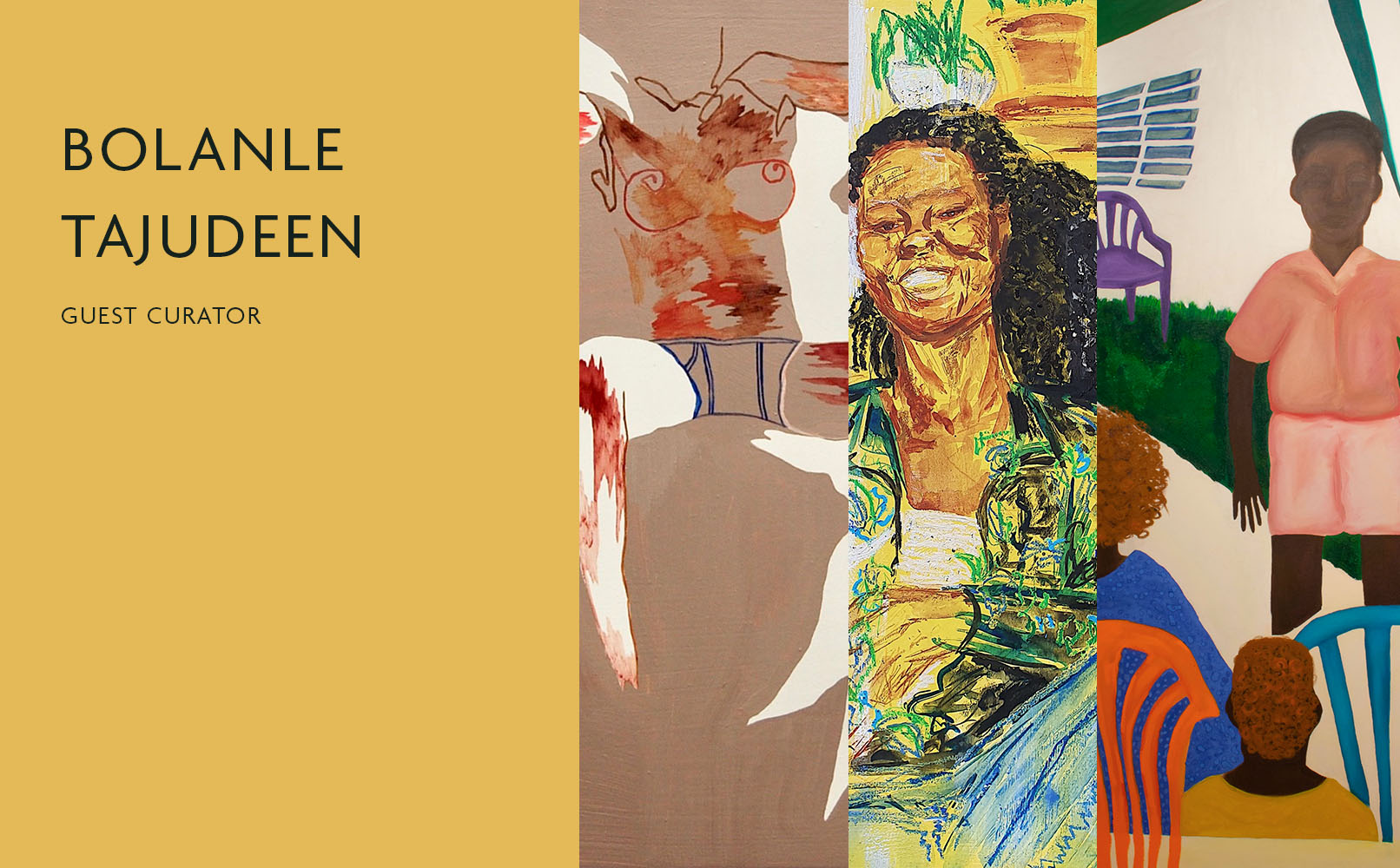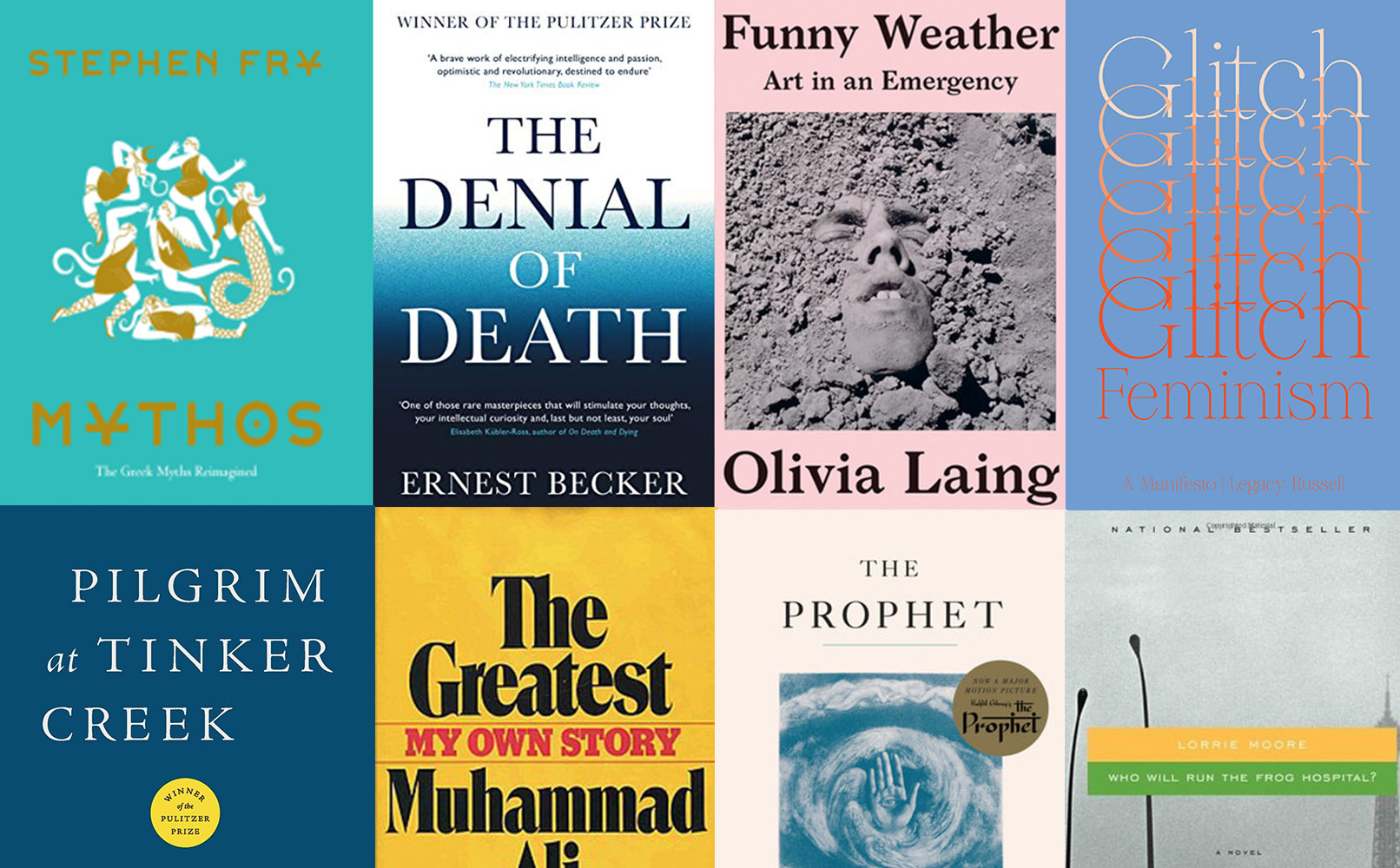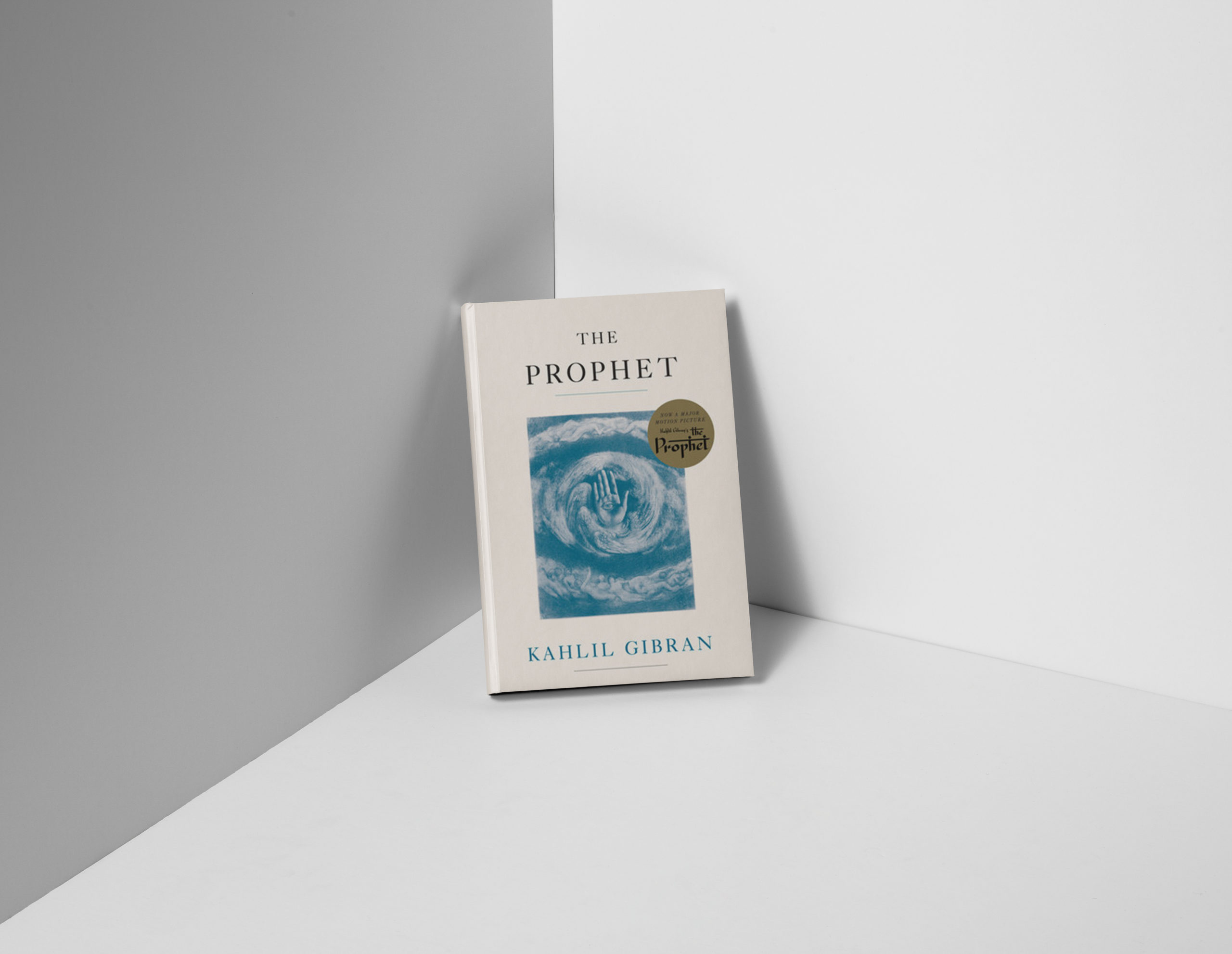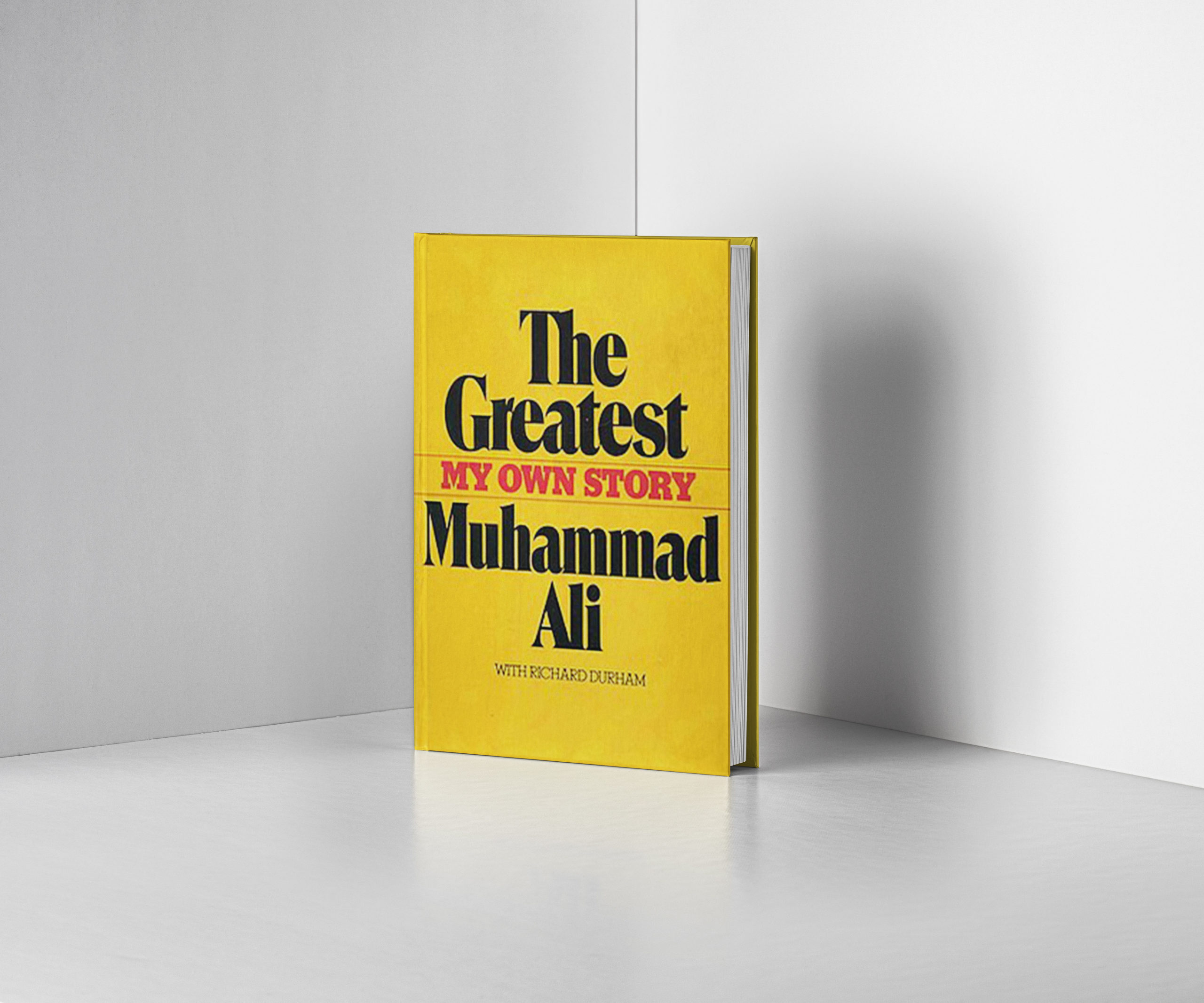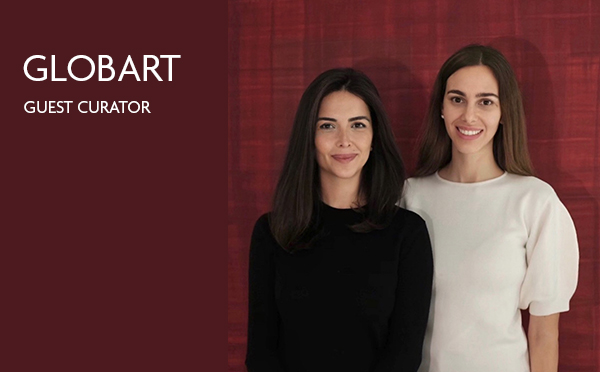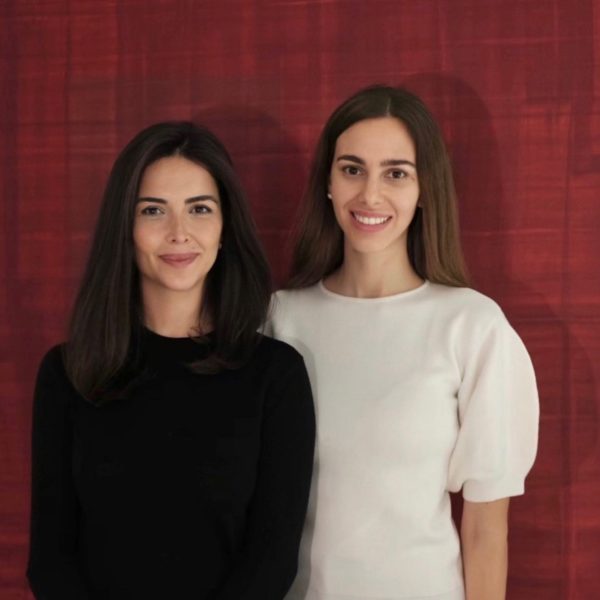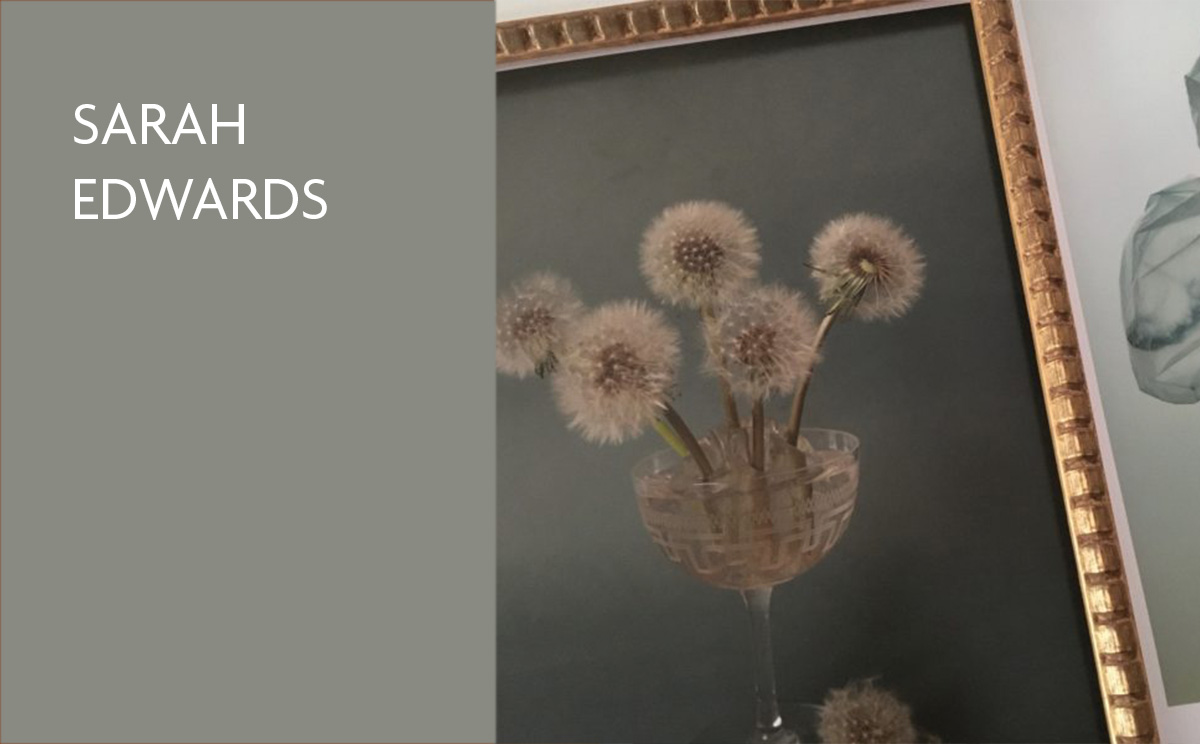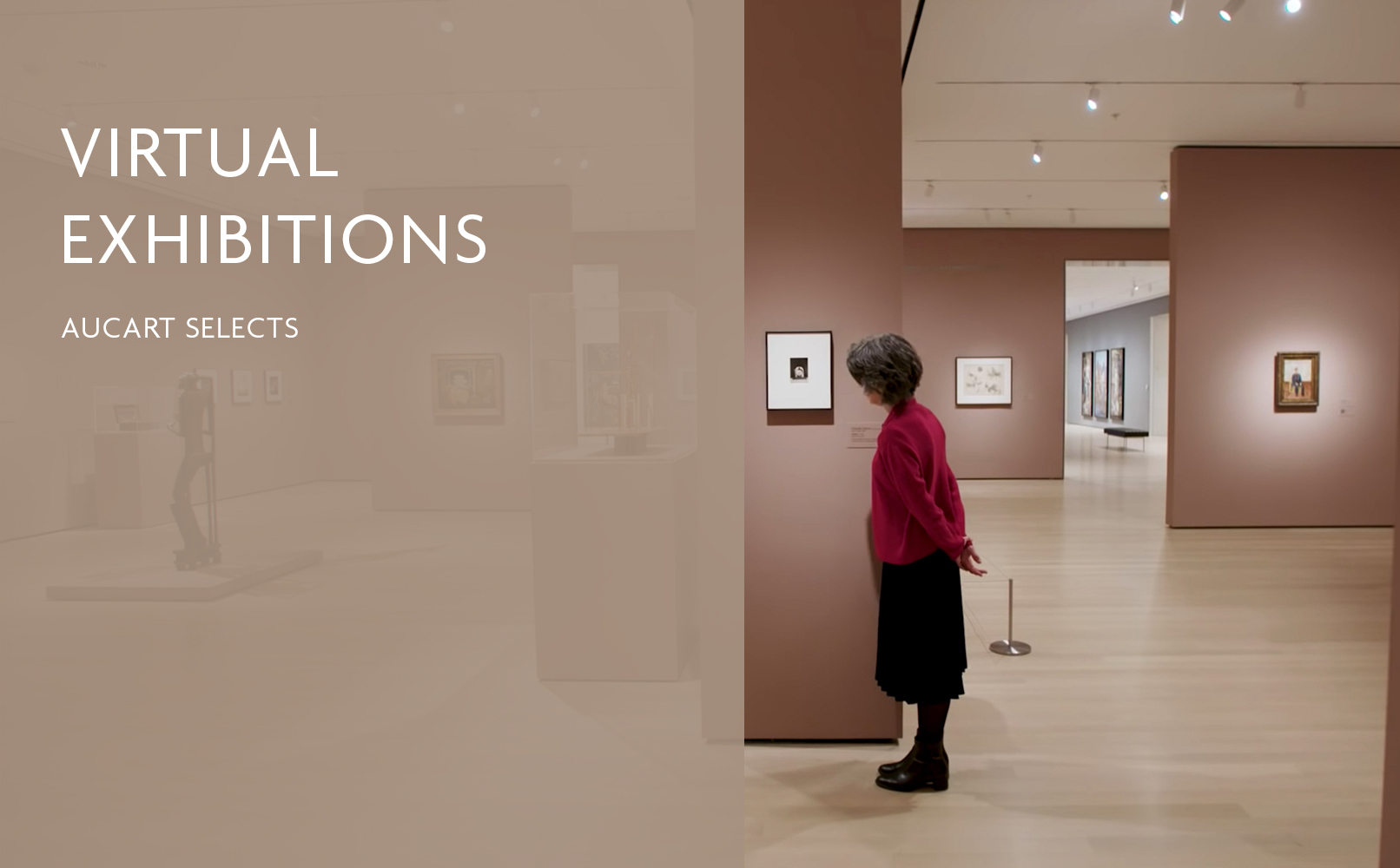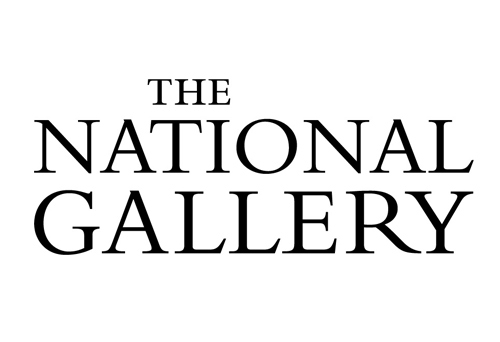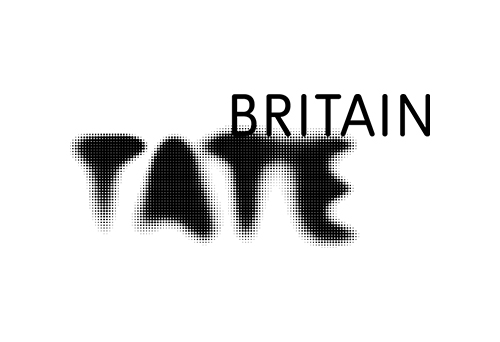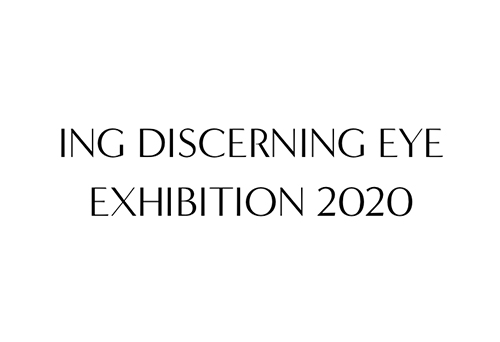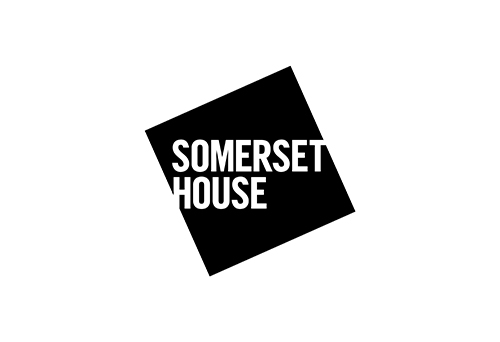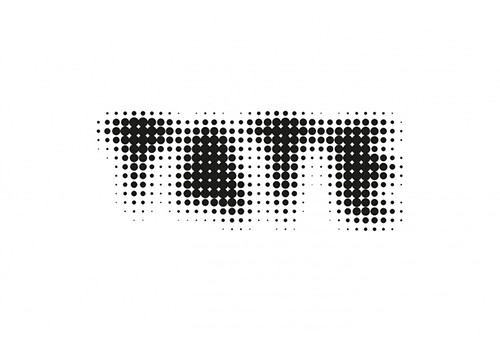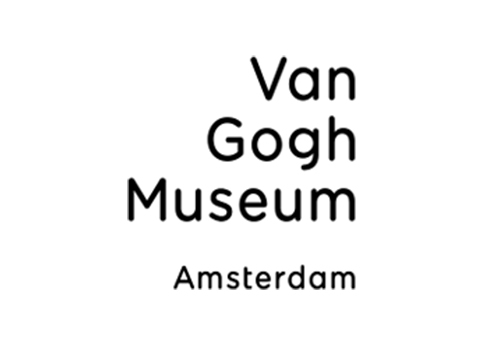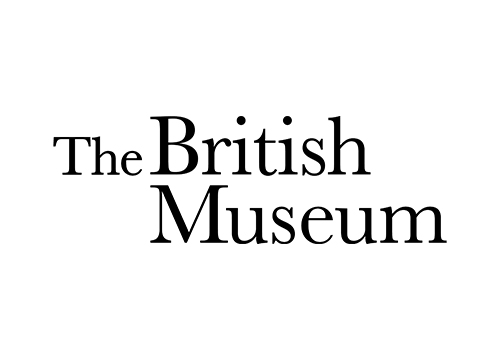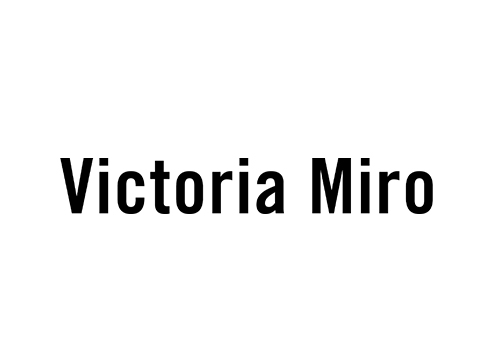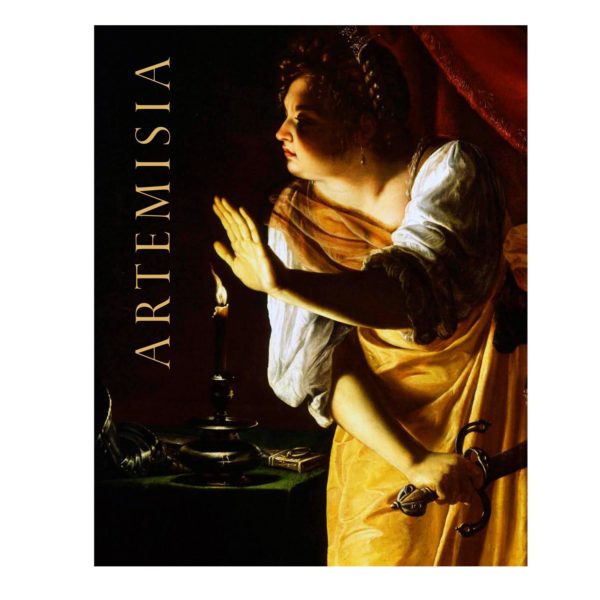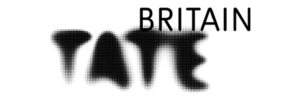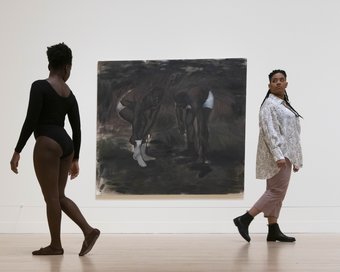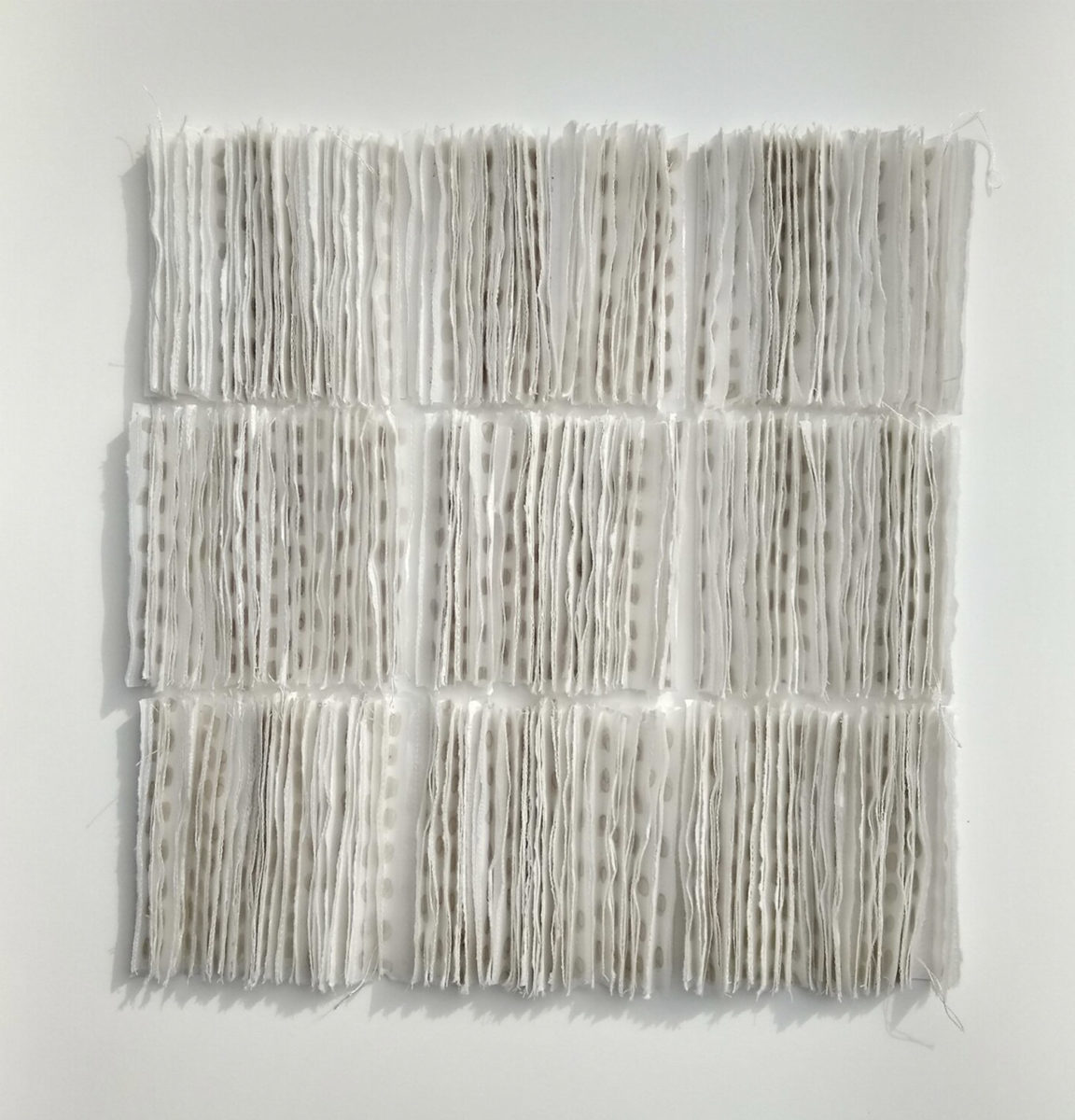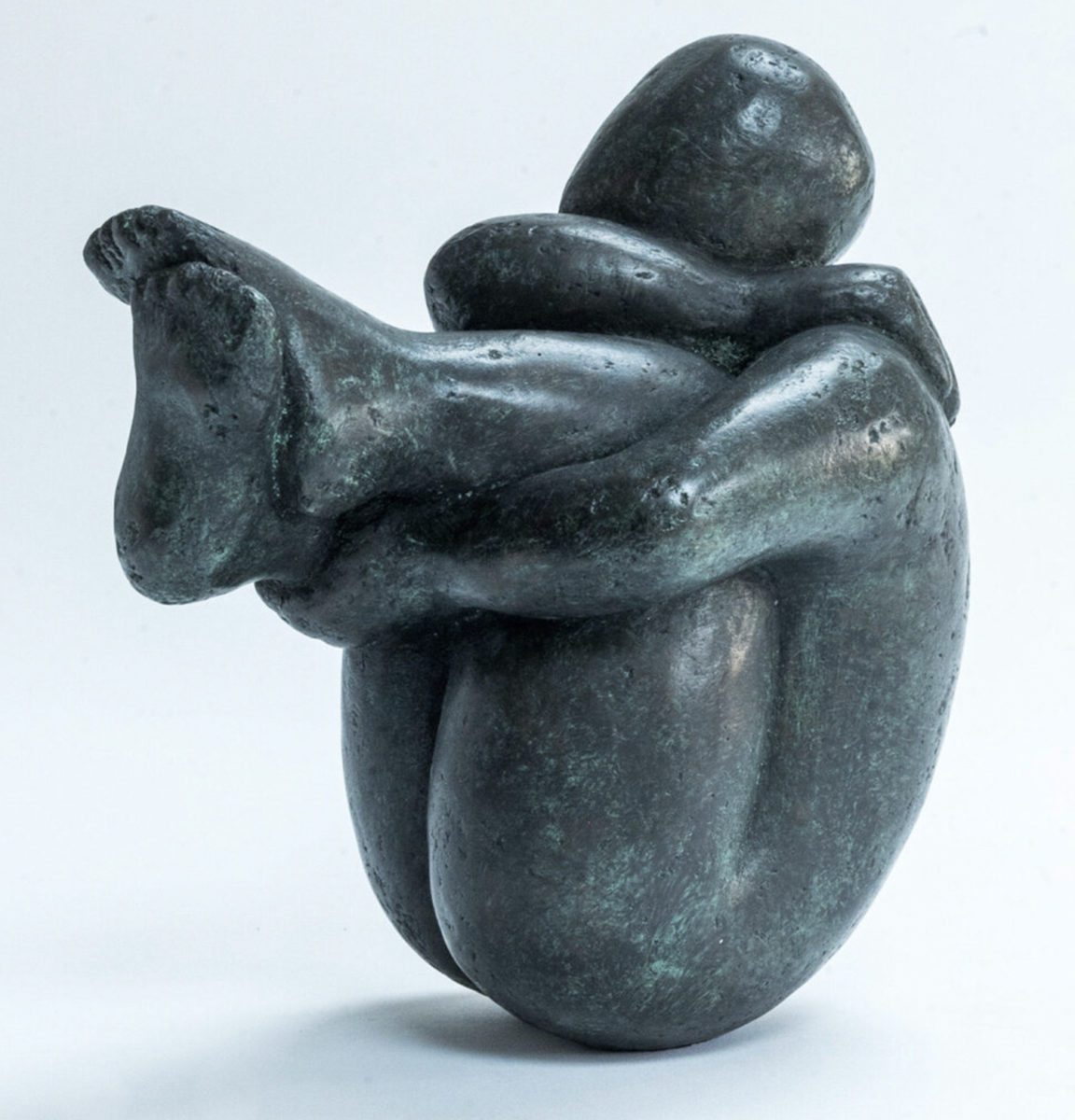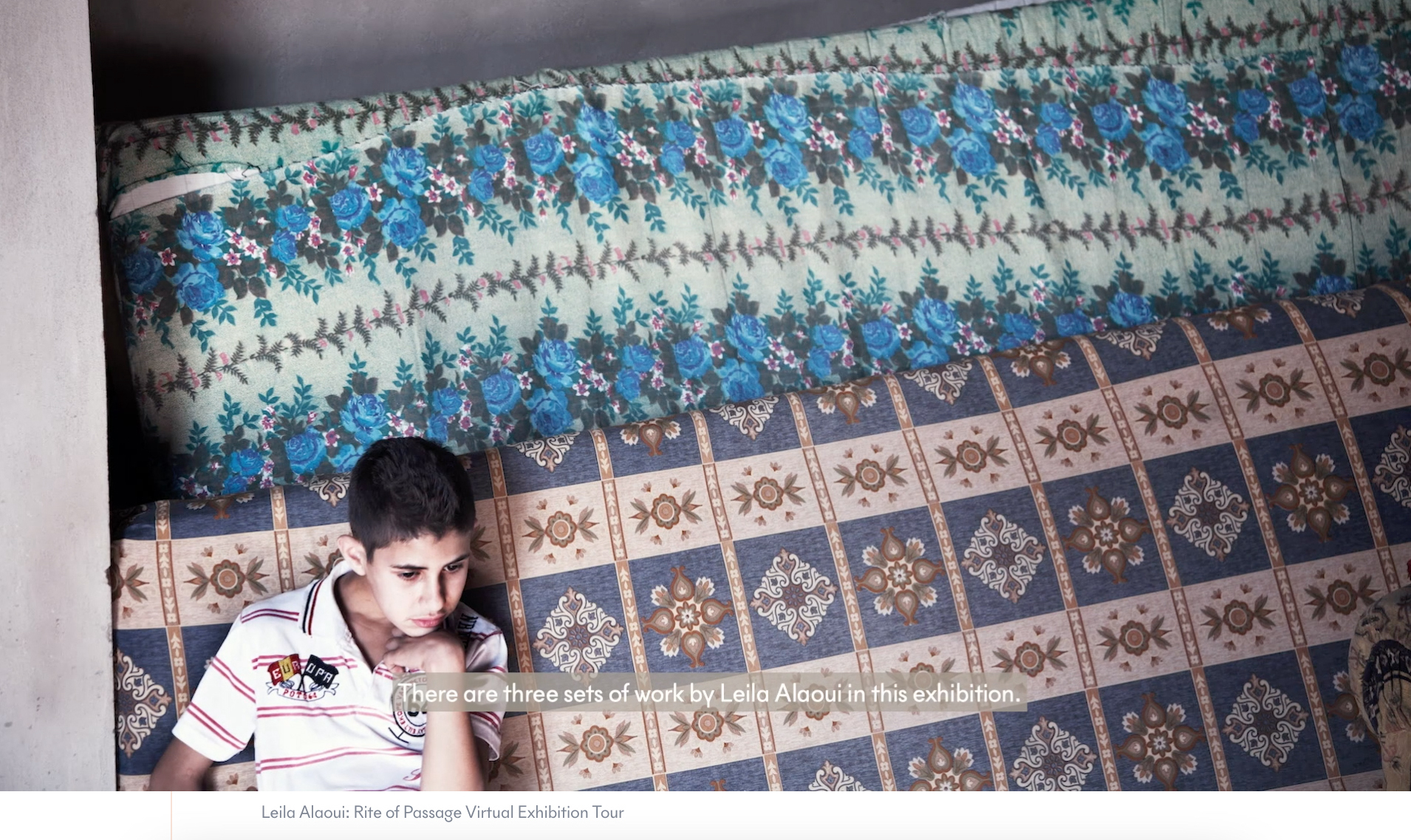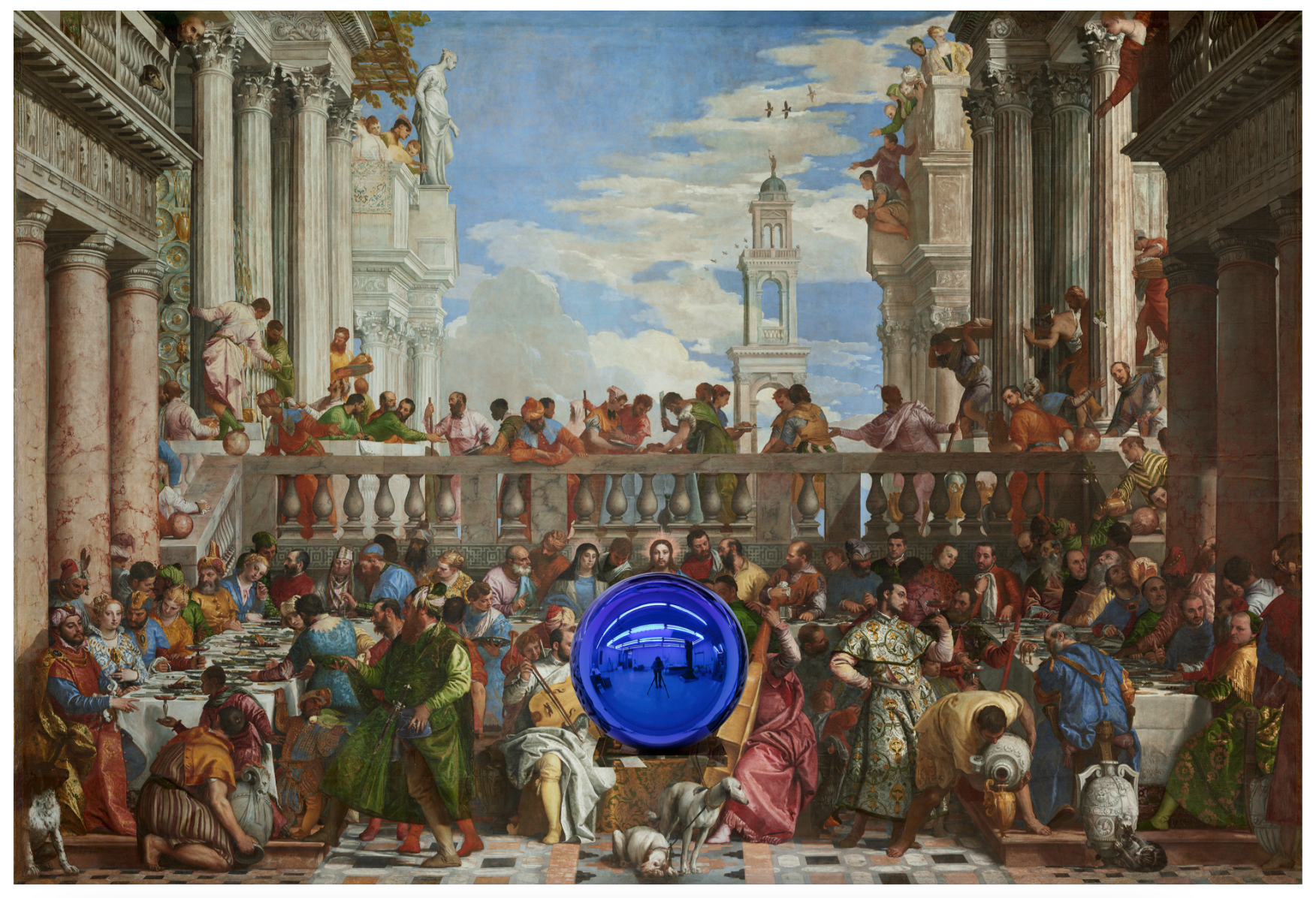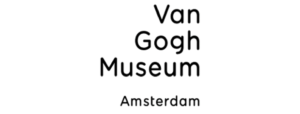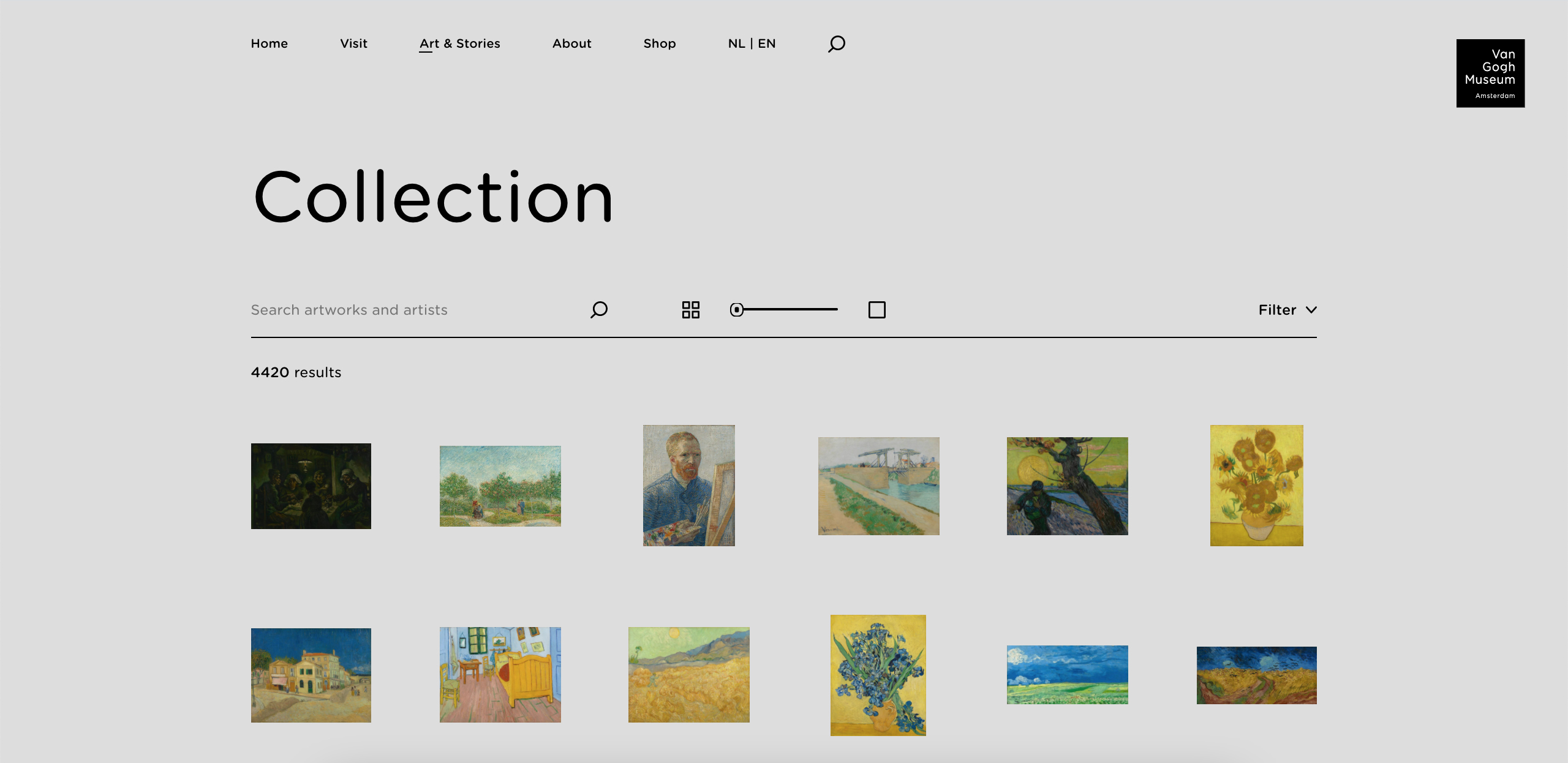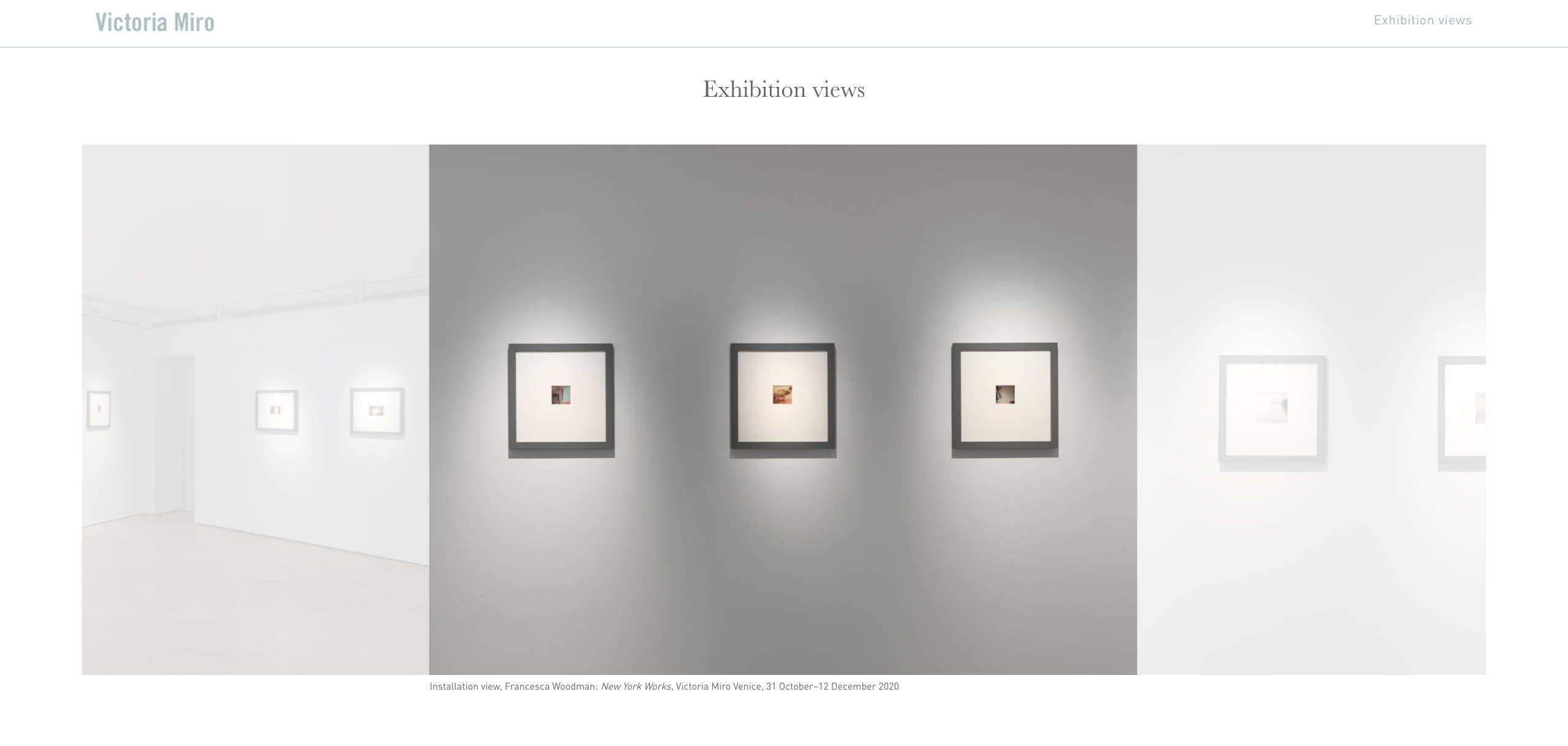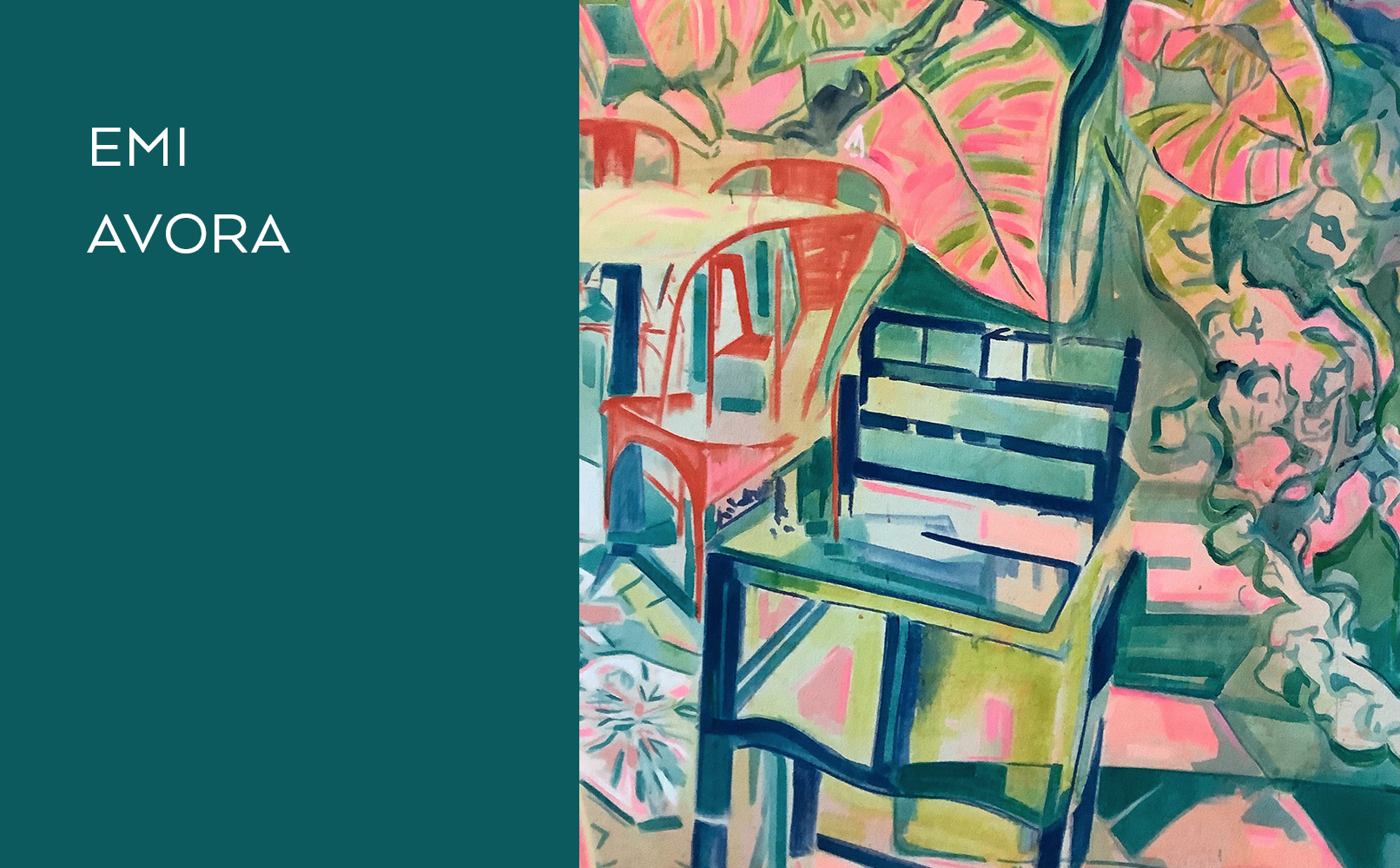In the Studio with Alisha Sofia
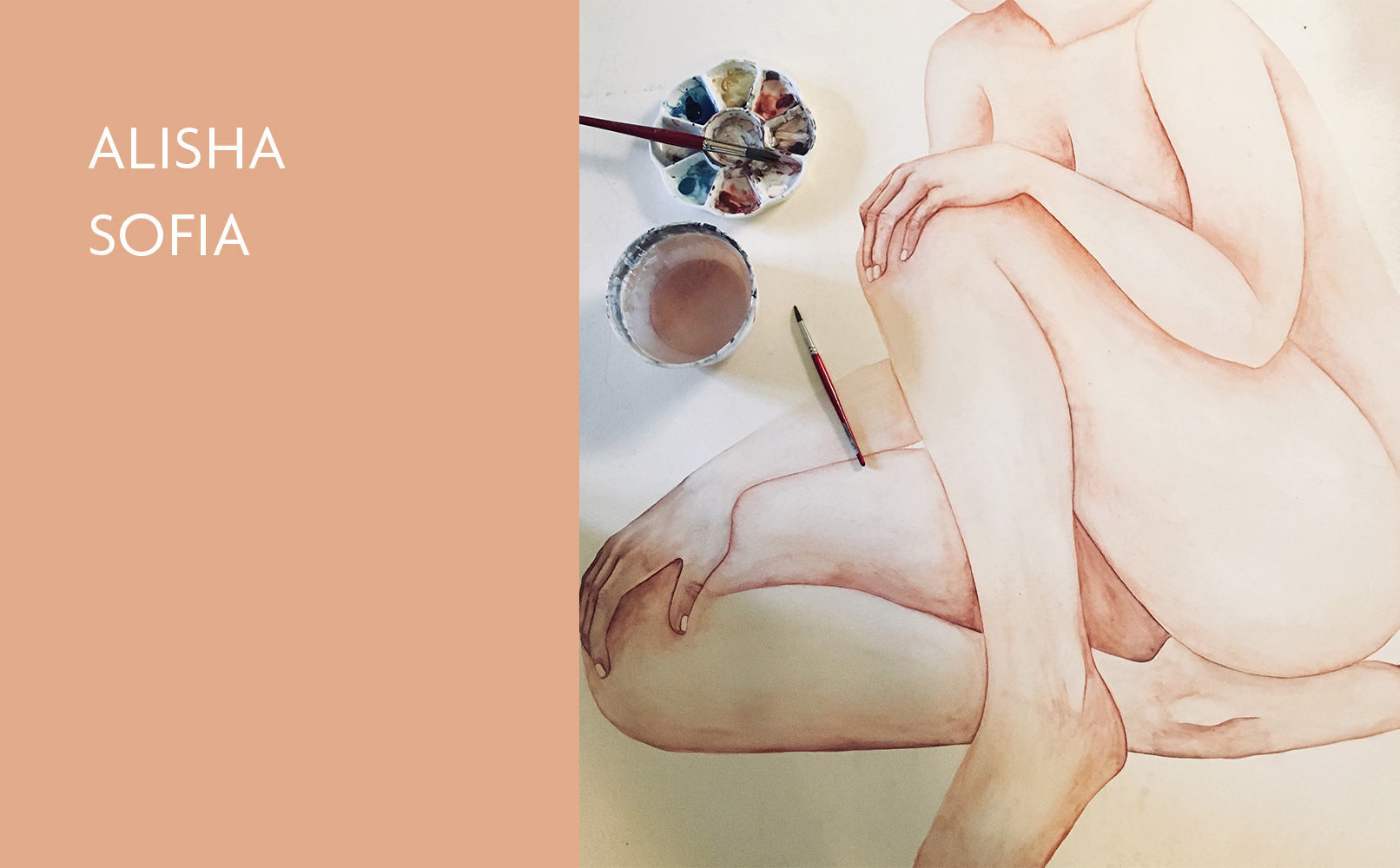
Alisha Sofia focuses on the female form as both creator and artifact of visual identity depicted throughout her practice. We met with Alisha to tell us more about growing up as a a first generation Russian Armenian and some unexpected sources of inspirations.
When I had my first solo show last year.
I’m a first generation Russian Armenian born in Los Angeles. I grew up with parents working in fields that were not creative at all. But having grandparents who were musically inclined, specifically my grandmother being a painter, it initiated my desire to continue drawing and painting.
Paint us a picture of your artistic journey. What inspired you to first pursue, and then continue to practice, artistic work? Was there a pivotal moment when you felt you were on the right track?
My inspiration to pursue art comes from anything I see or absorb around me. The pivotal moment I felt I was on the right track was when I saw the responses I received from folks. It helped me recognize that I’m able to communicate my ideas and thoughts through my work.
Coming from an Armenian and Russian background has been the inspiration for the majority of my paintings. I am always digging for more within the traditions, culture, folklore etc. In its entirety, my work covers topics of identity, consciousness within society, solitude and self discovery.
Are your works planned? What do you want people to take from your work when they view it?
Sometimes they are, sometimes they aren’t, it depends on the inspiration behind each piece. When creating the piece, I want the viewer to take away or learn something they never knew beforehand. I create these works for everyone, not just for myself.
An unexpected source of inspiration?
Food and nature are the two main inspirations for a lot of my paintings.
Who and what are your greatest influences?
Hagop Hagopian, Martiros Saryan, Minas Avetisyan, Niko Pirosmani, Renaissance and Medieval paintings, ancient Roman mosaics, Etruscan art, Greek and Byzantine funerary sculptures, Persian cosmography illustrations.
What are your ideal conditions or catalyst for creating a “good” piece of work?
Being in a peaceful environment, chaos does not inspire me.
What events in your life have mobilised change in your practise? How has your art evolved?
Not having my materials at my disposal has definitely changed my style of painting and what I paint. I remember a specific memory of not having brought my watercolors with me on a trip and discovering I can use the pigments I found on the beach to create a paste to paint with. I always make do with what I have around me. This evolved into the pigment paintings you see now in my recent works.
Tell us about the inspiration behind one of your works?
Reflection I & II were inspired by my personal (and I’m sure everyones) struggle with identity and commitment to self work. They are two paintings shown side by side as compliments of each other. It is a depiction of the everlasting odyssey and evolution of oneself. We are always discovering new traits that will continue to encompass who we are. There will always be introspection and contemplation of the self, but staying authentic keeps us resilient through it all.
